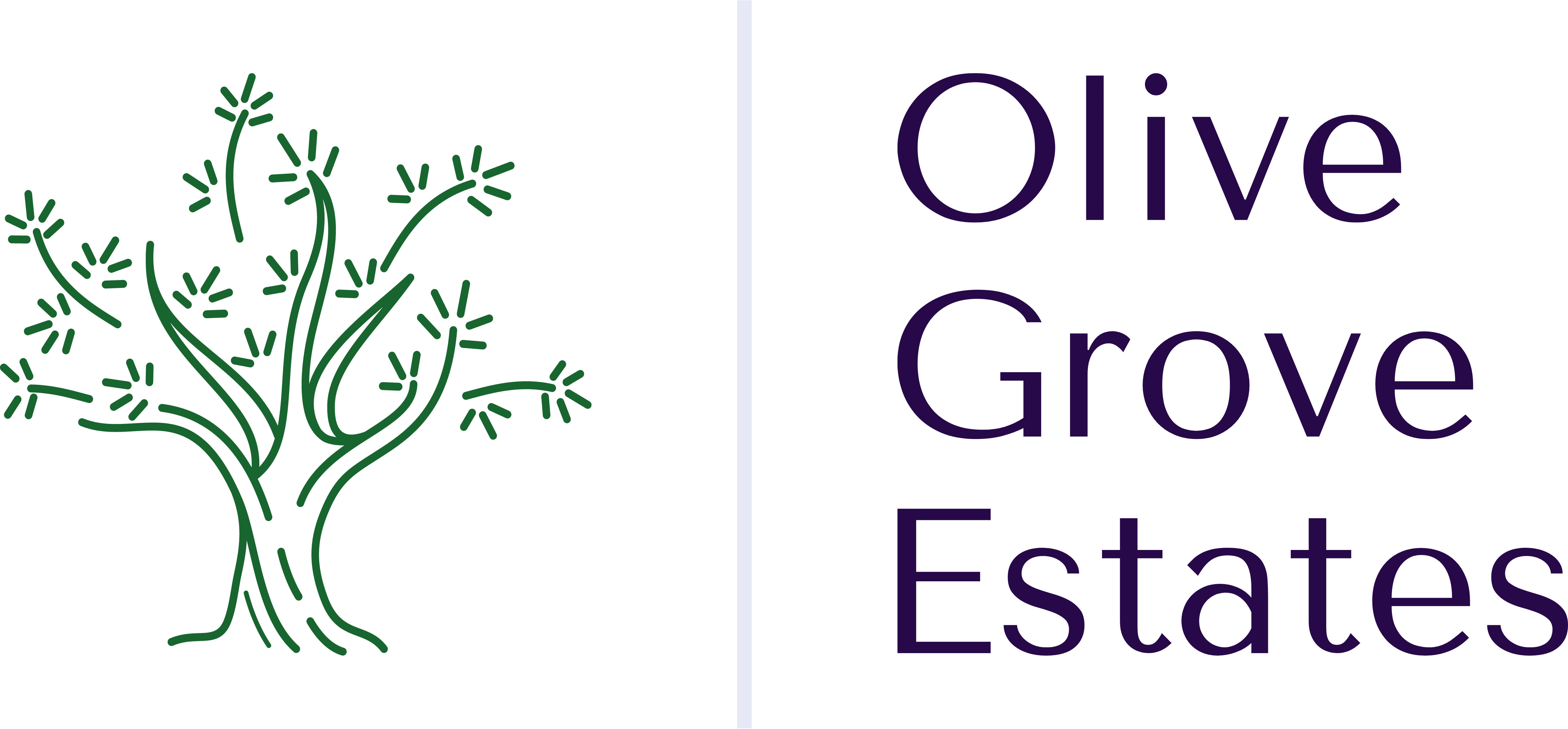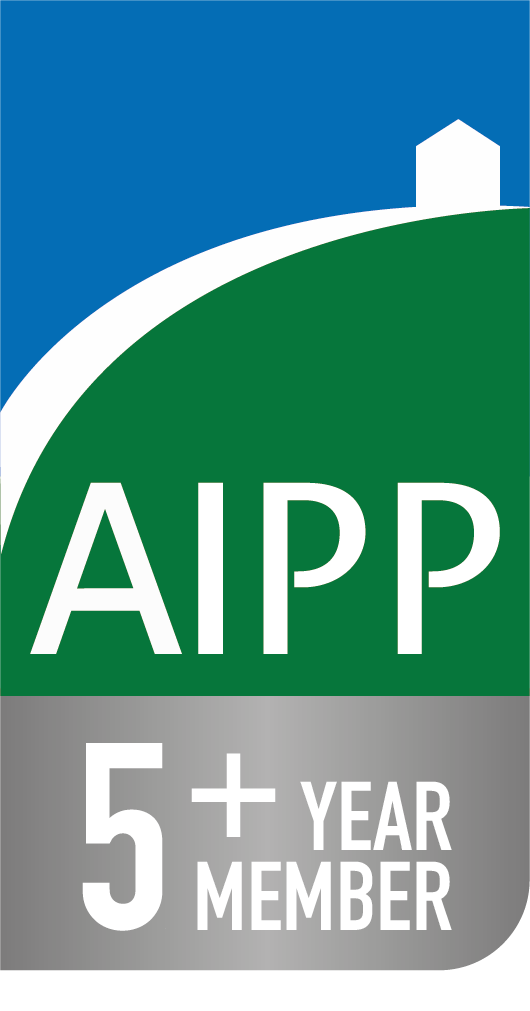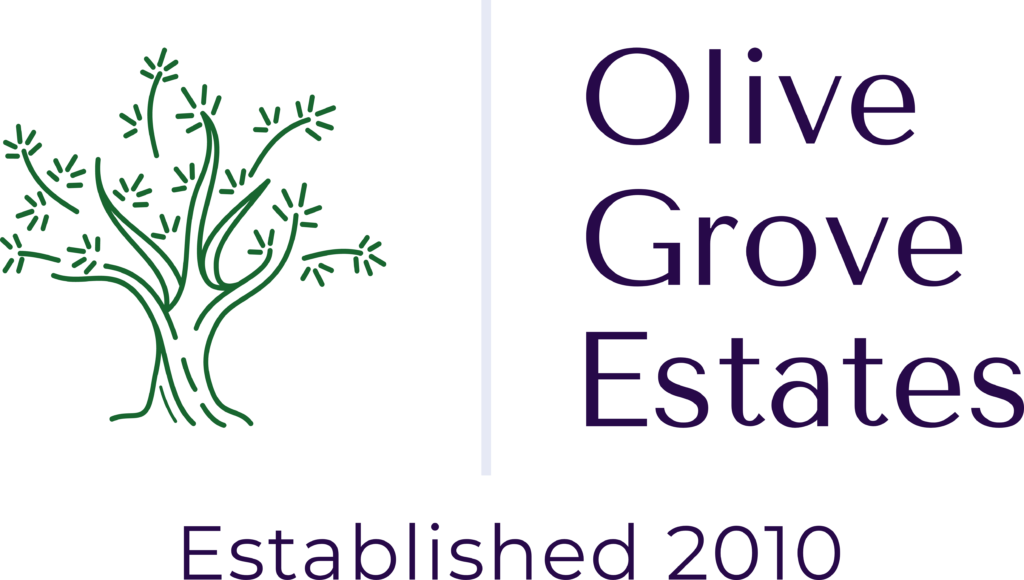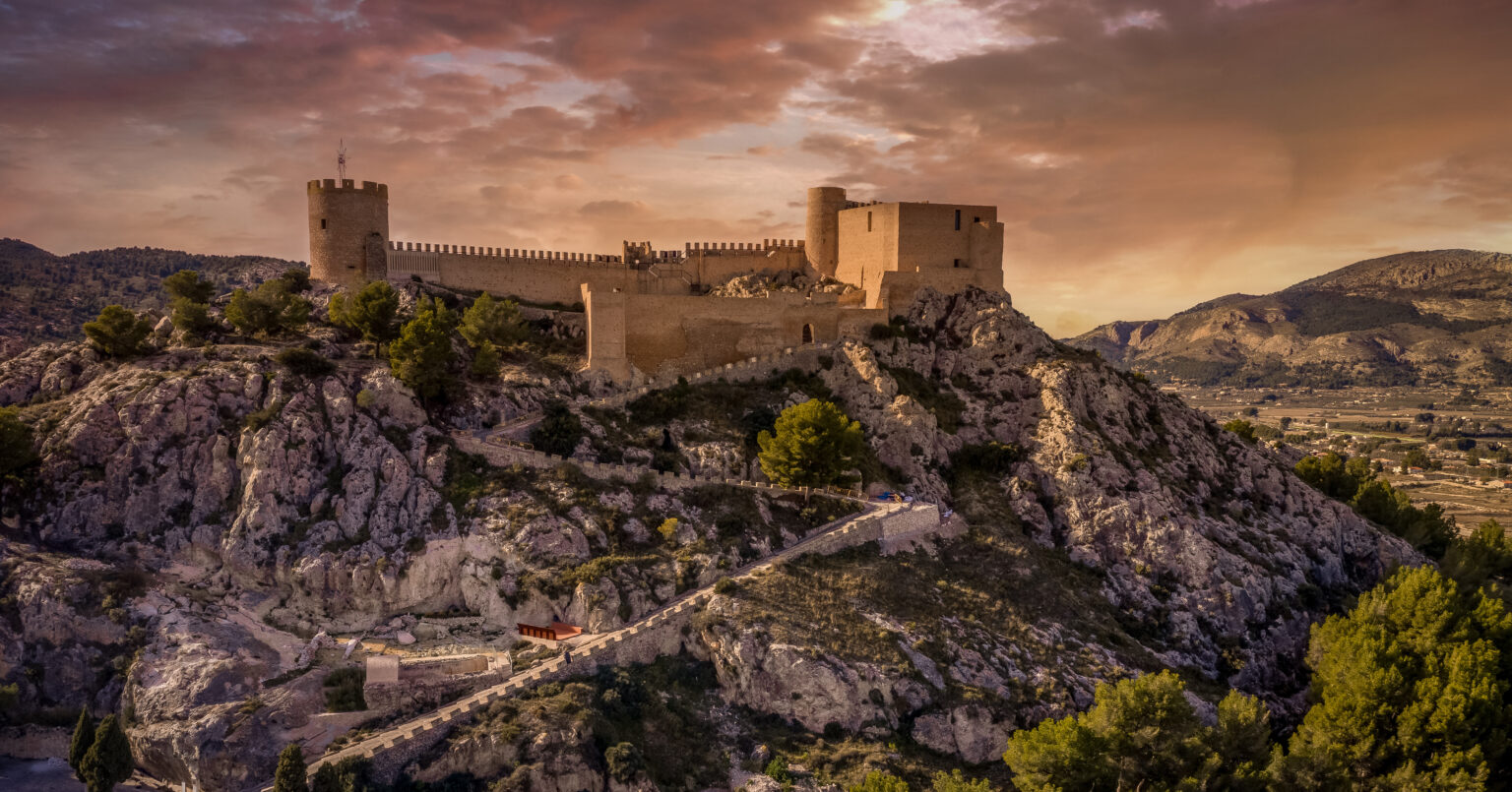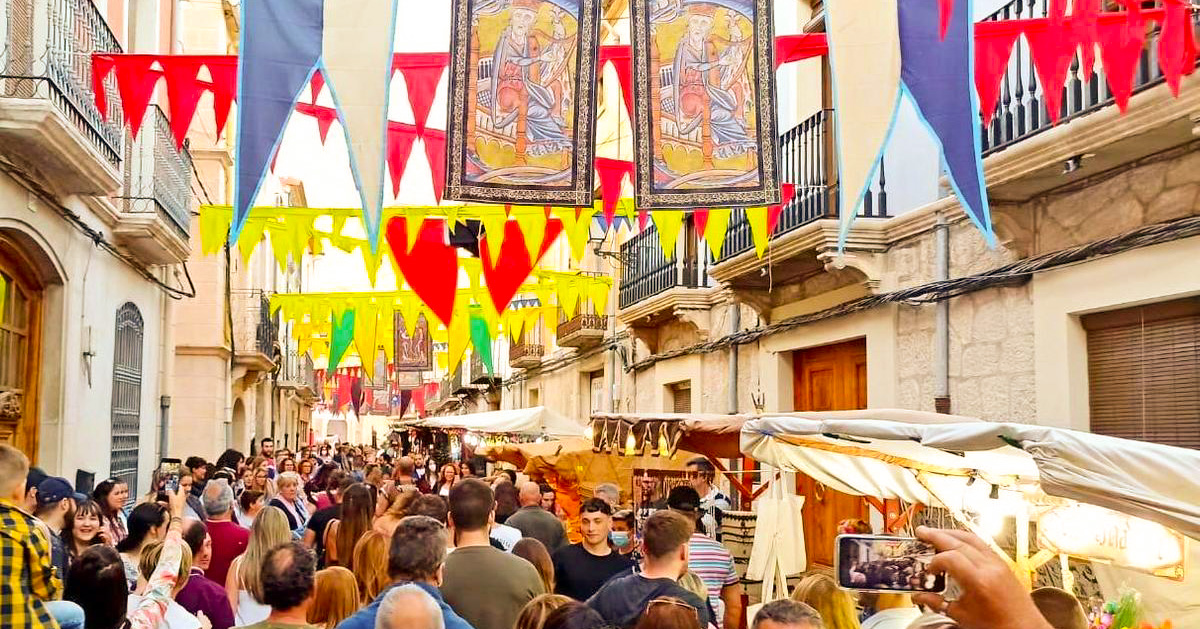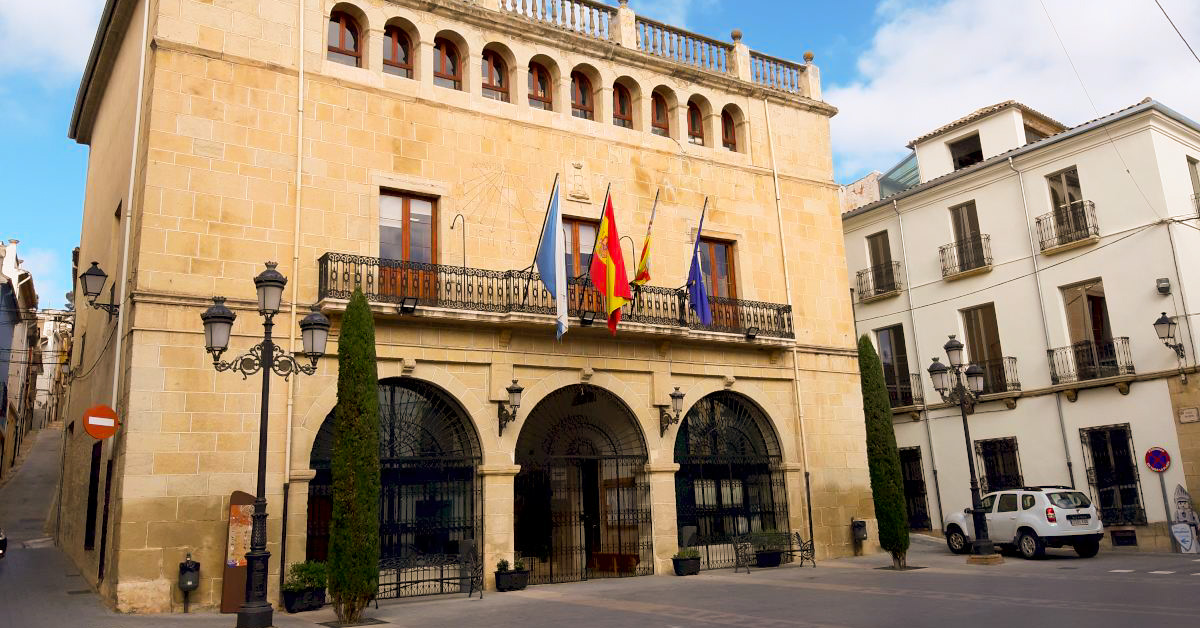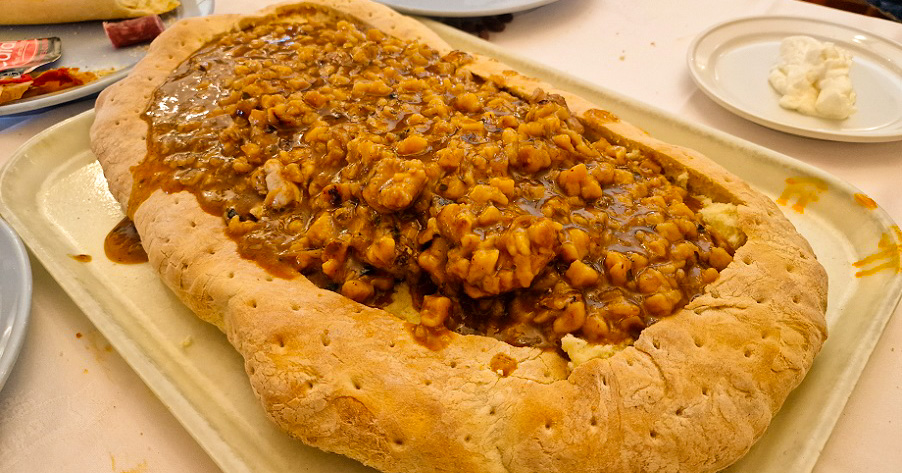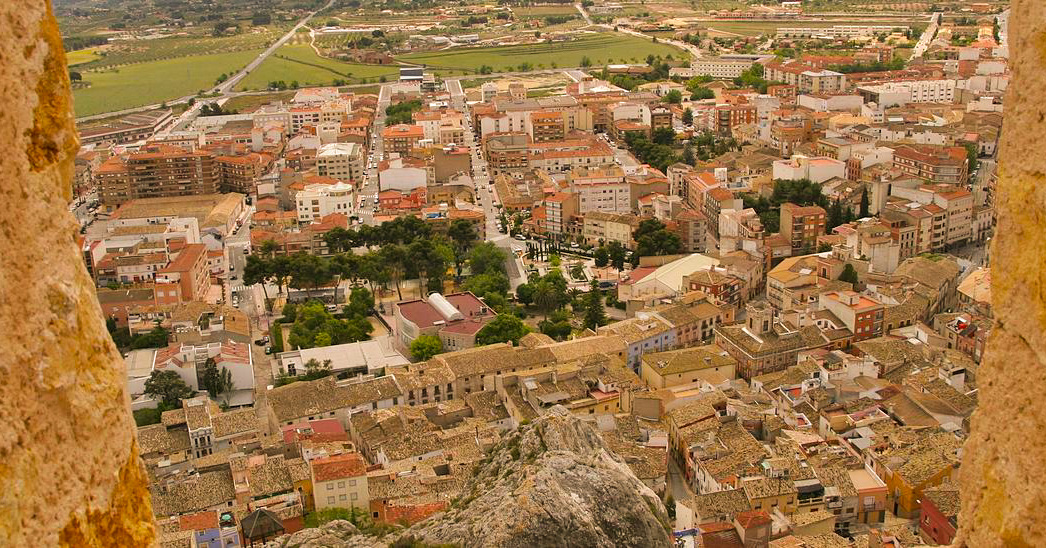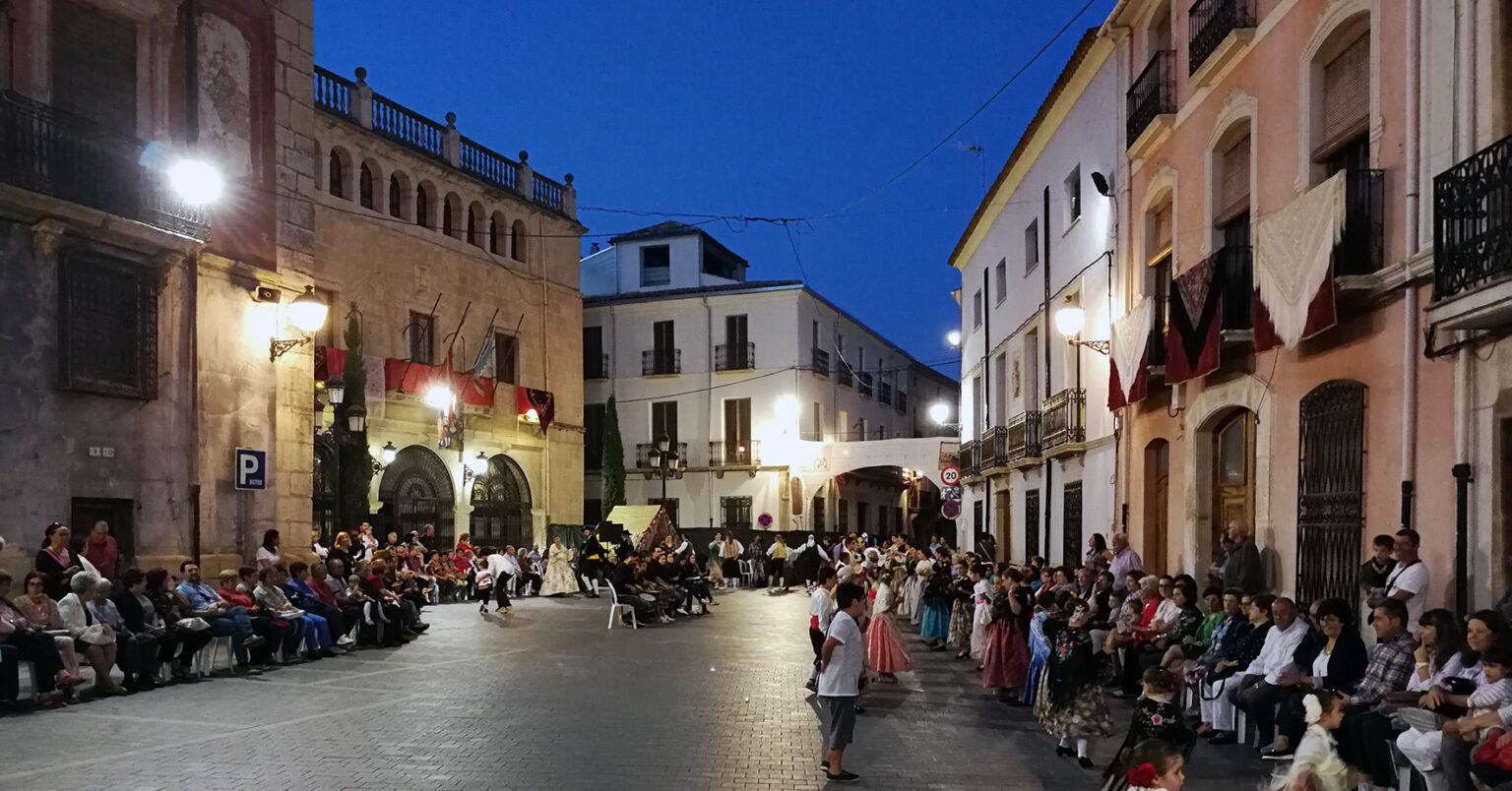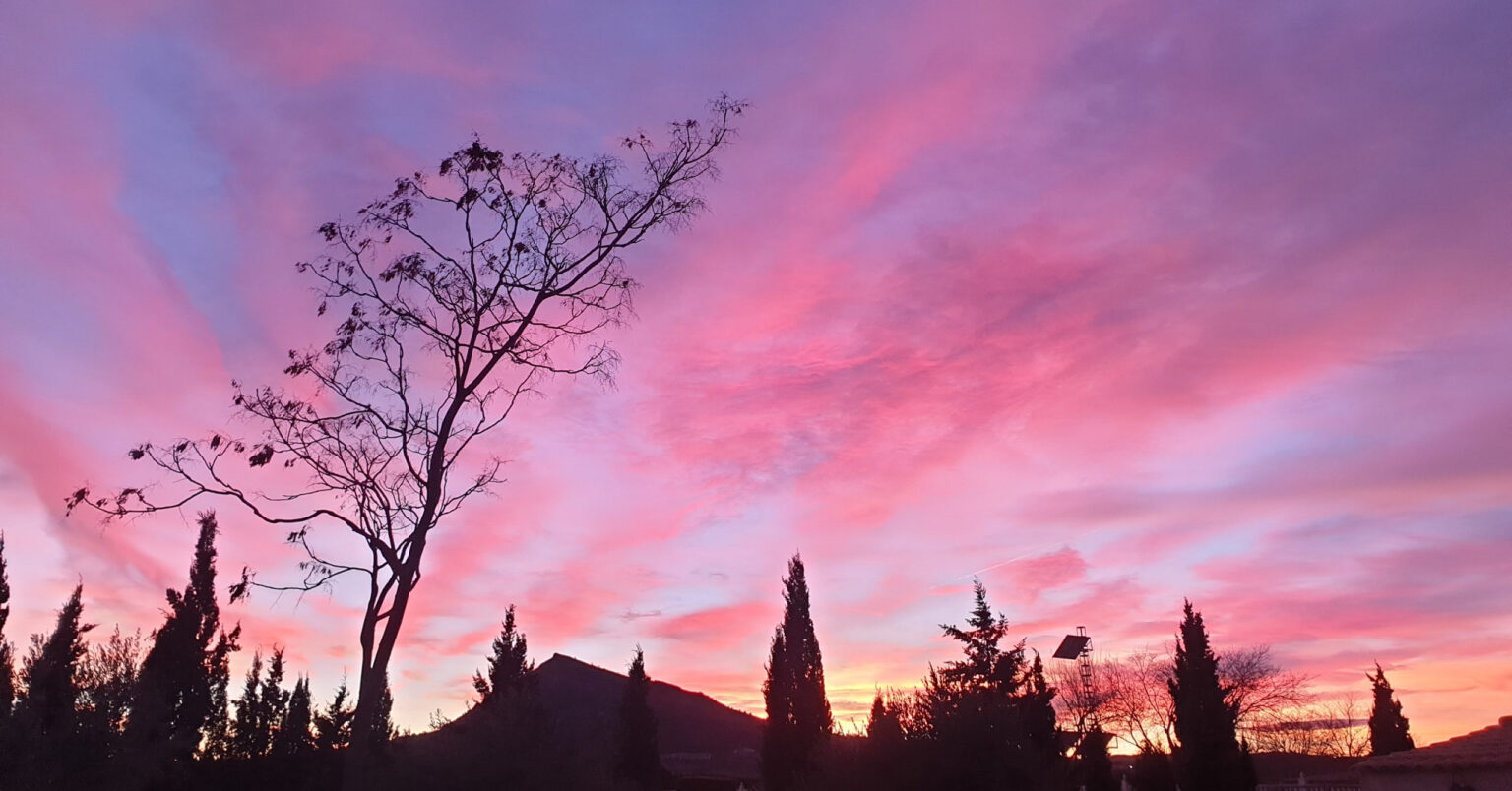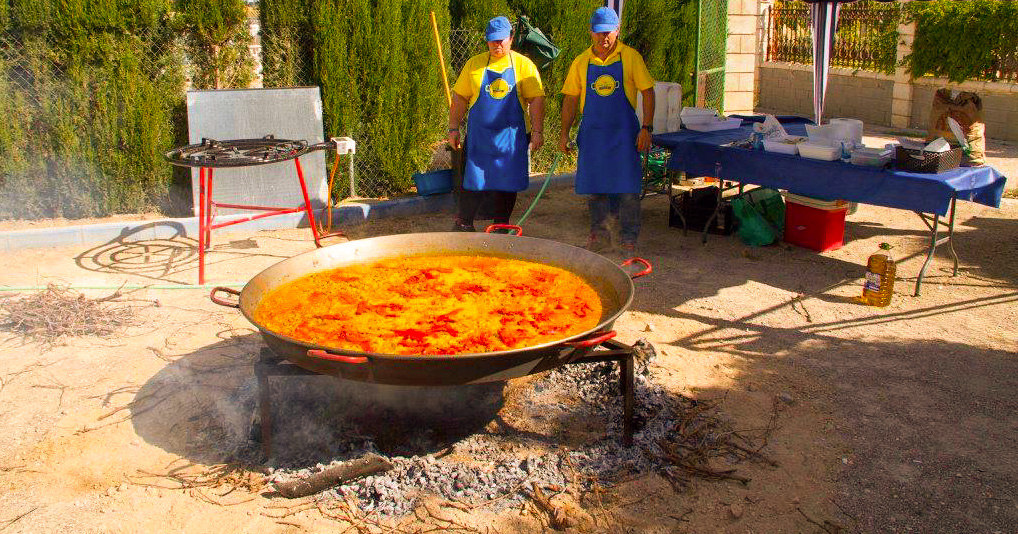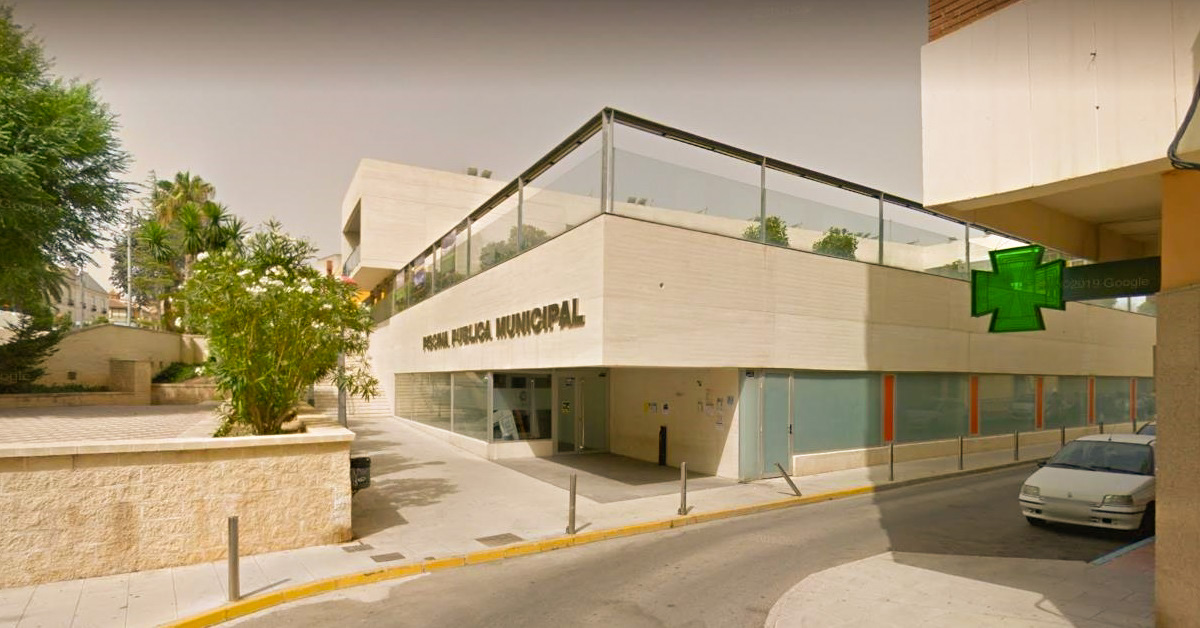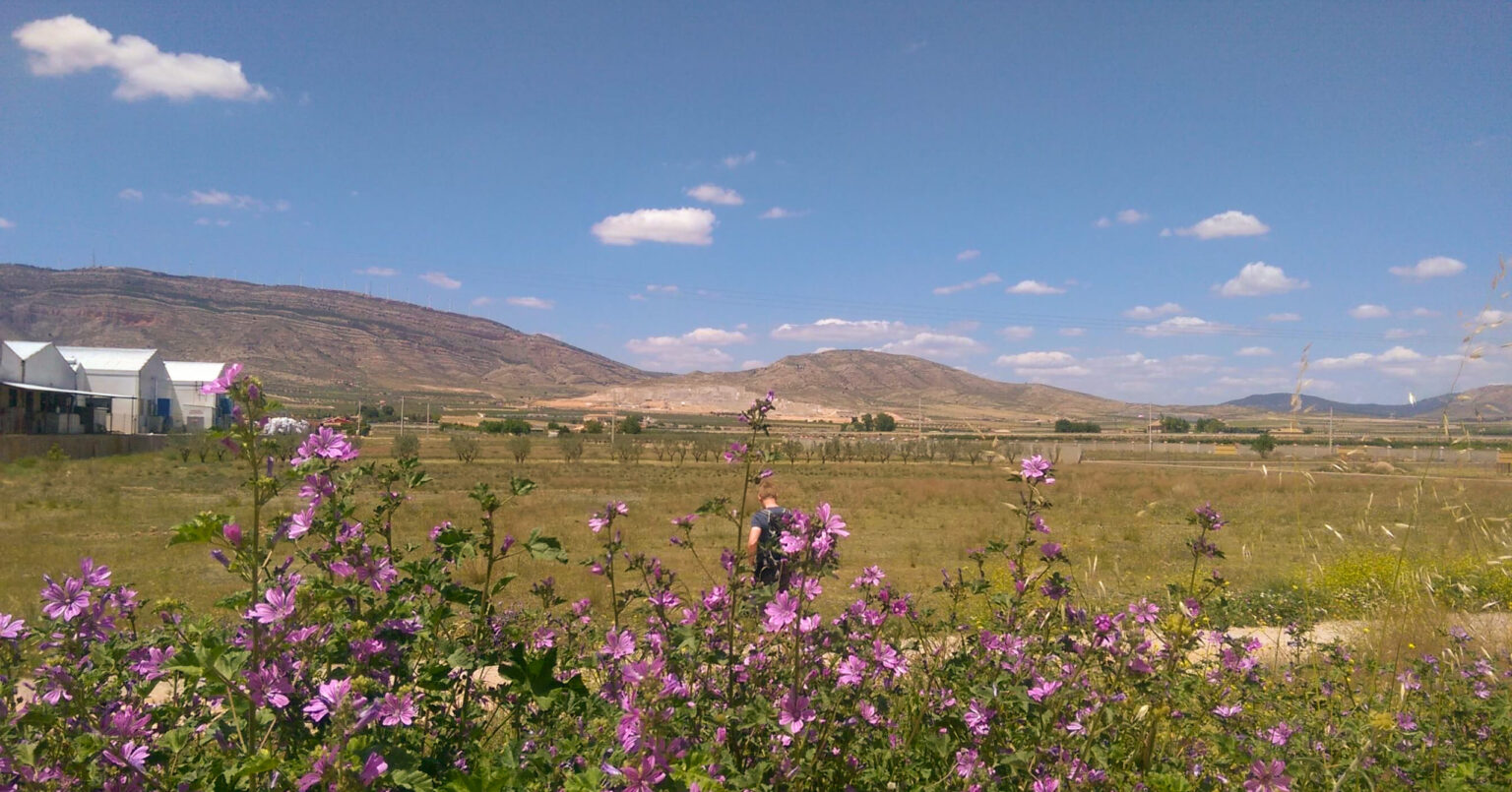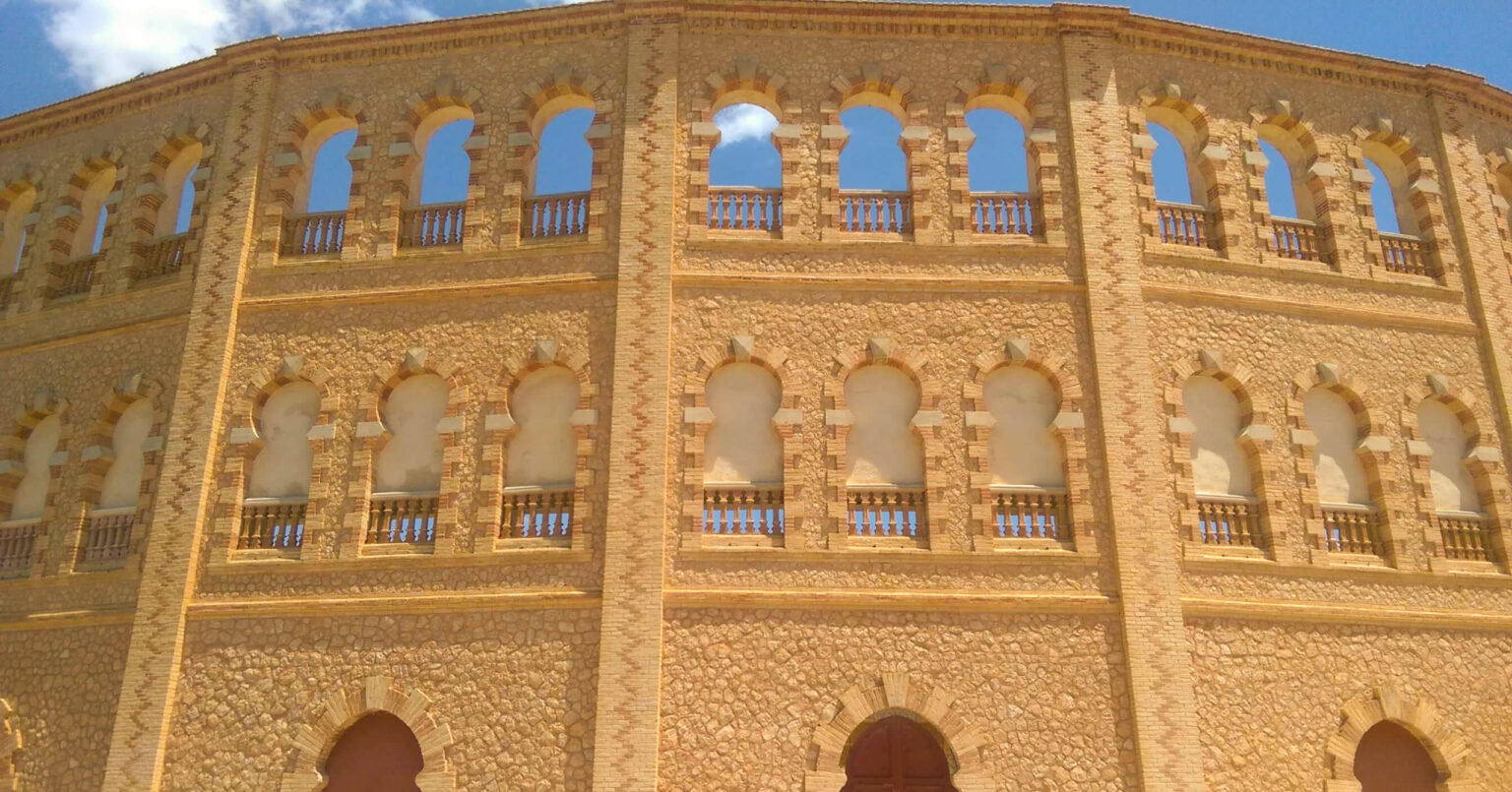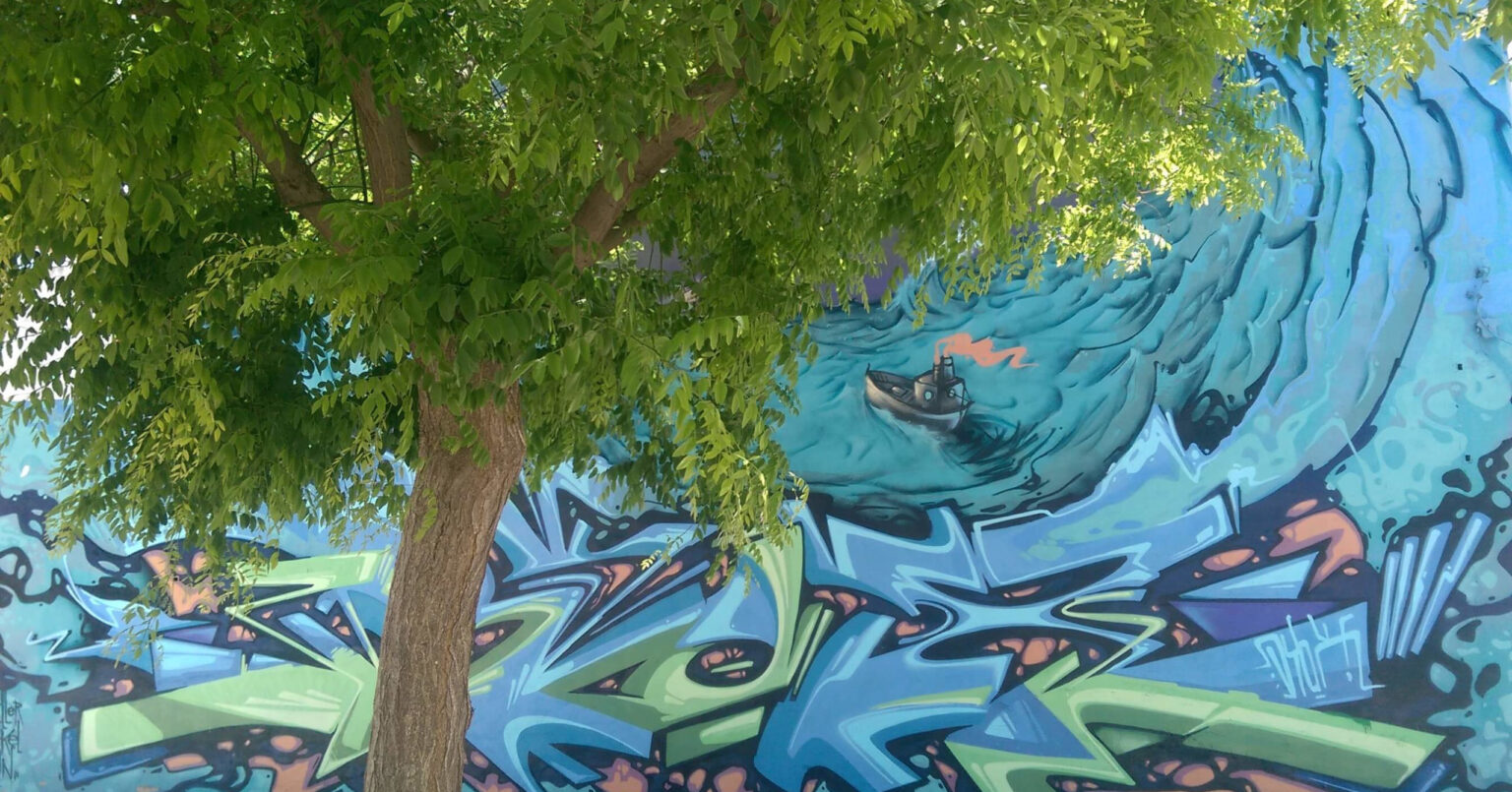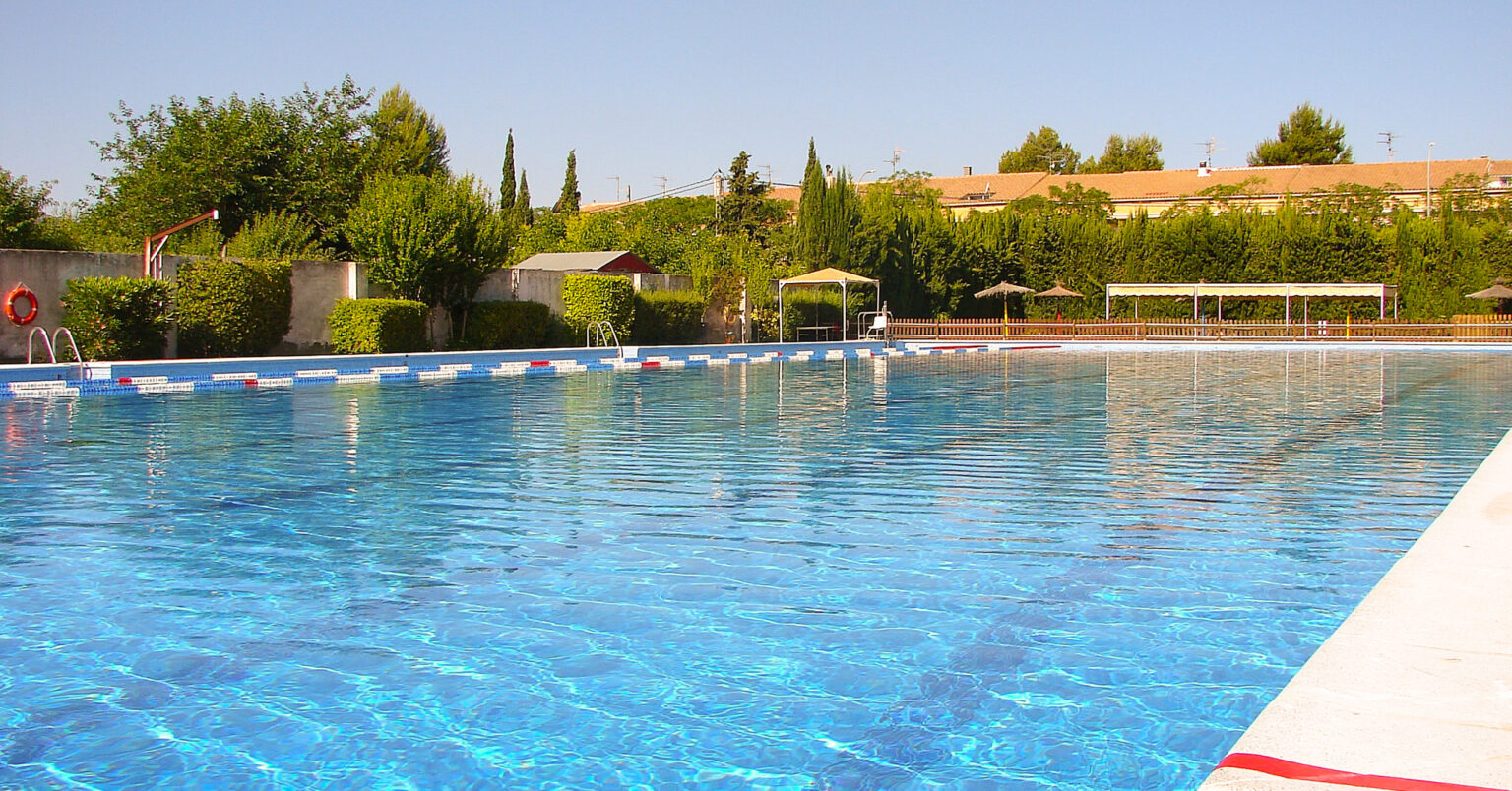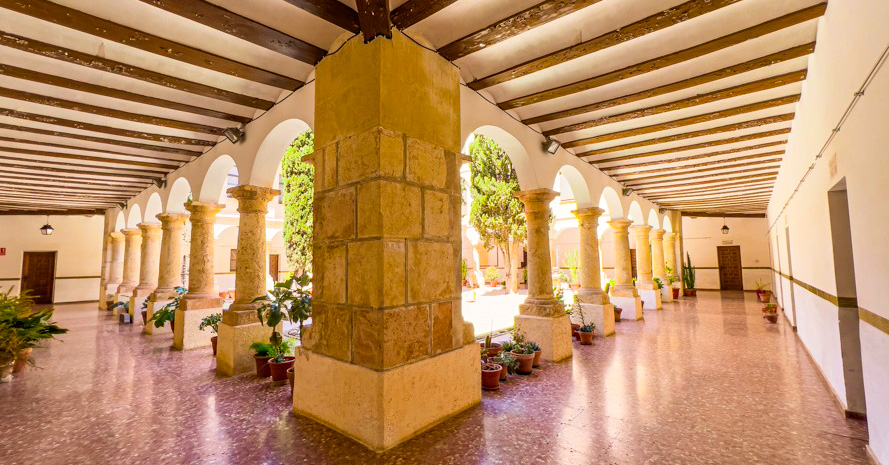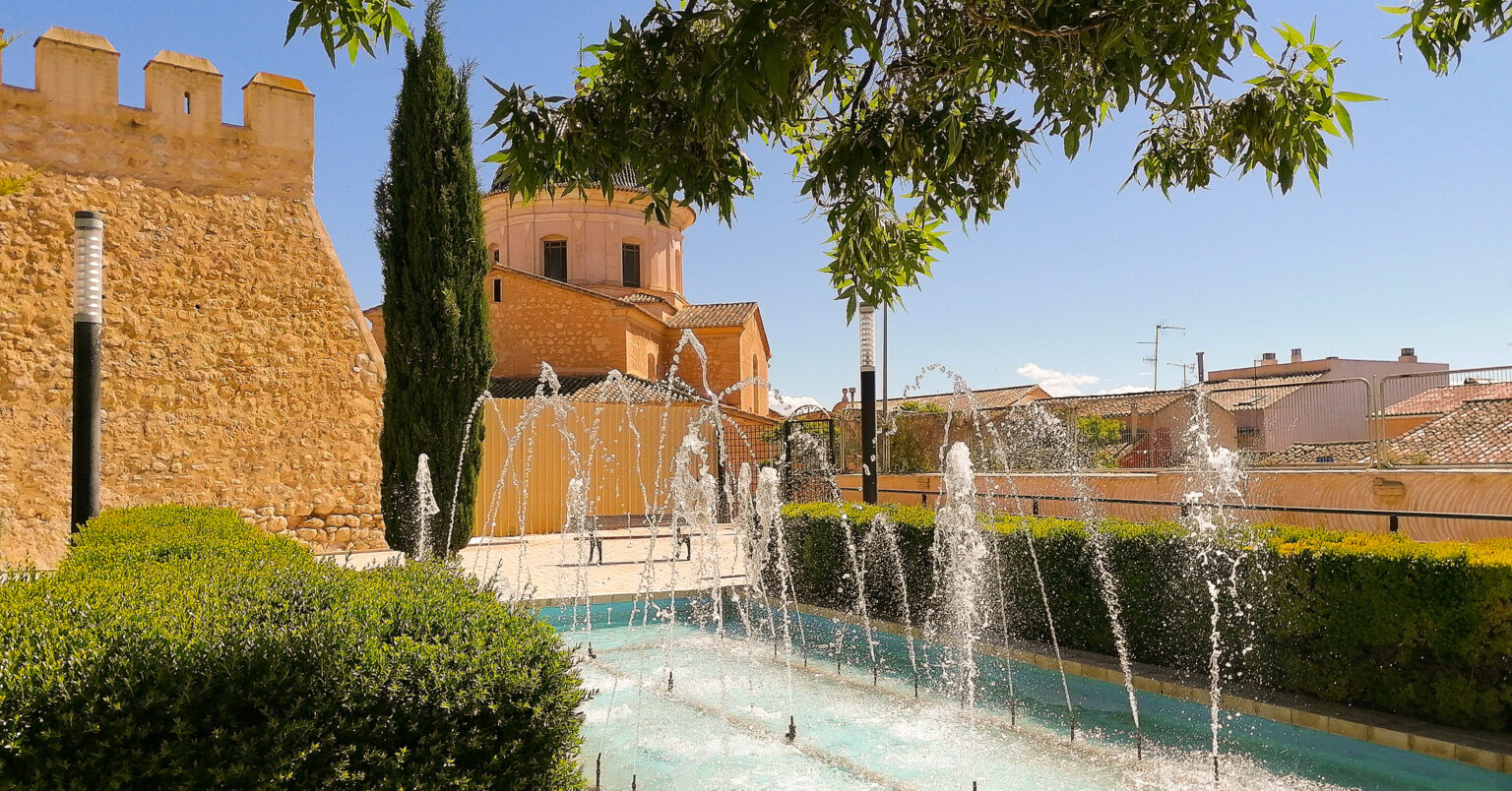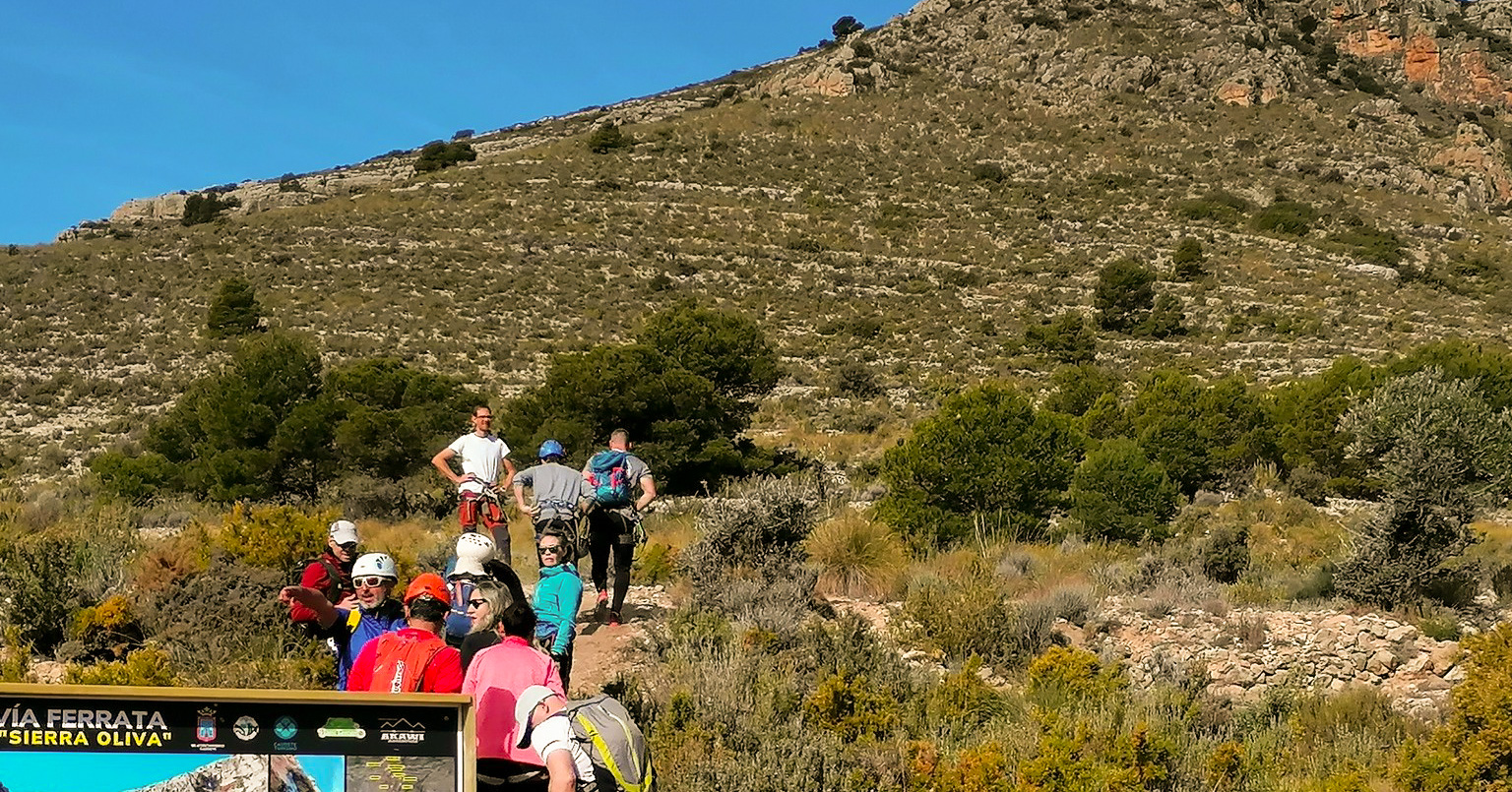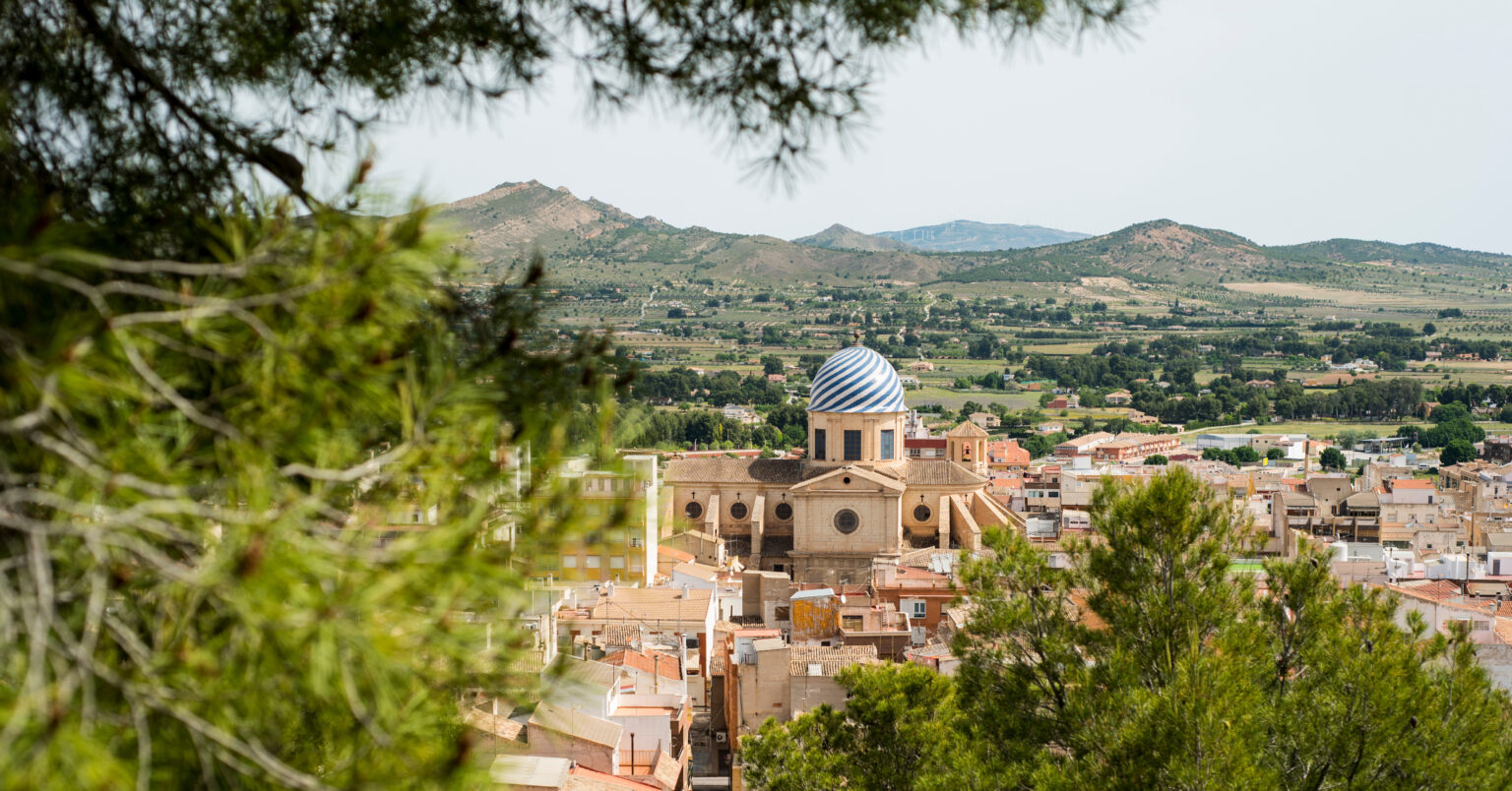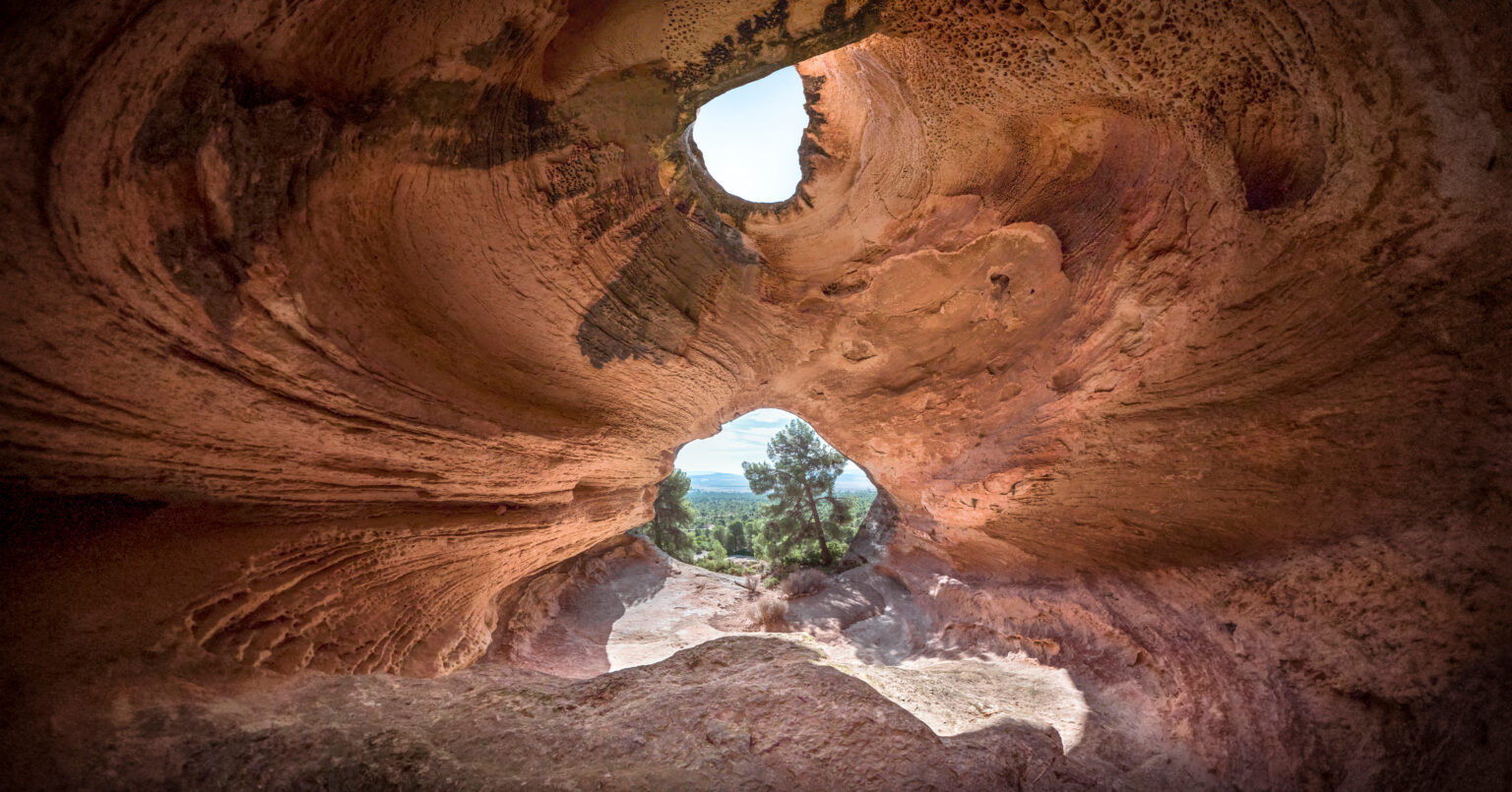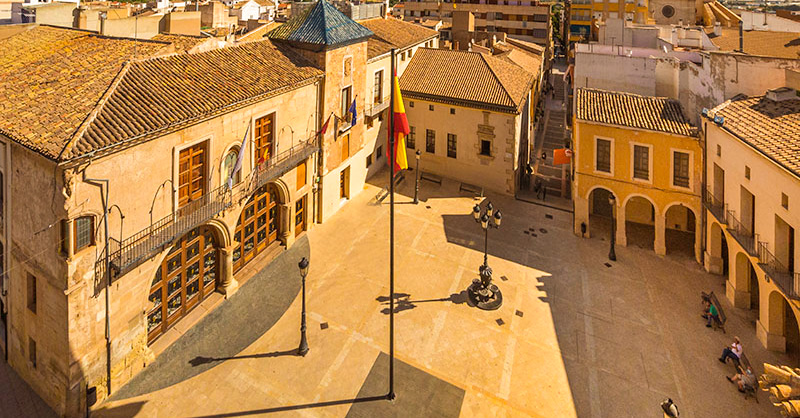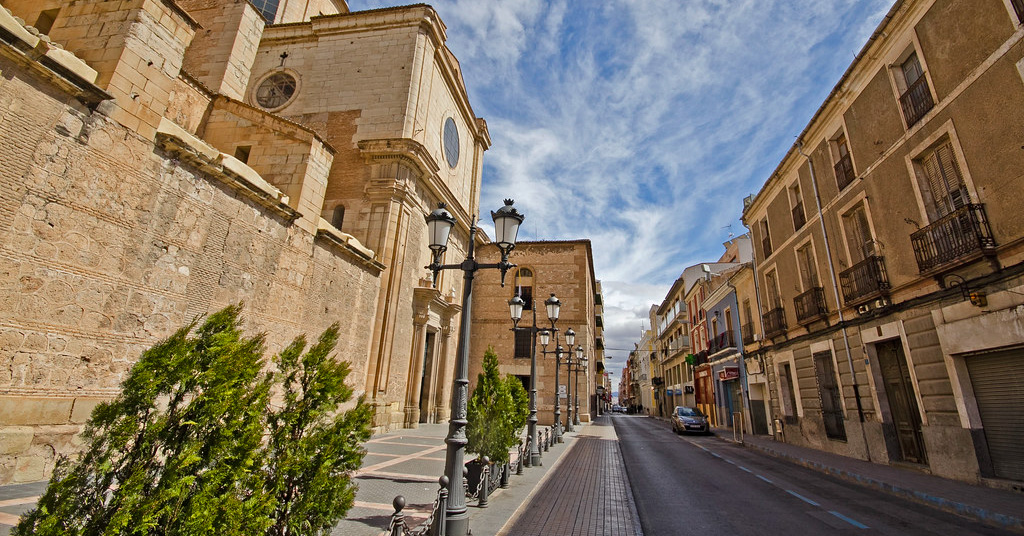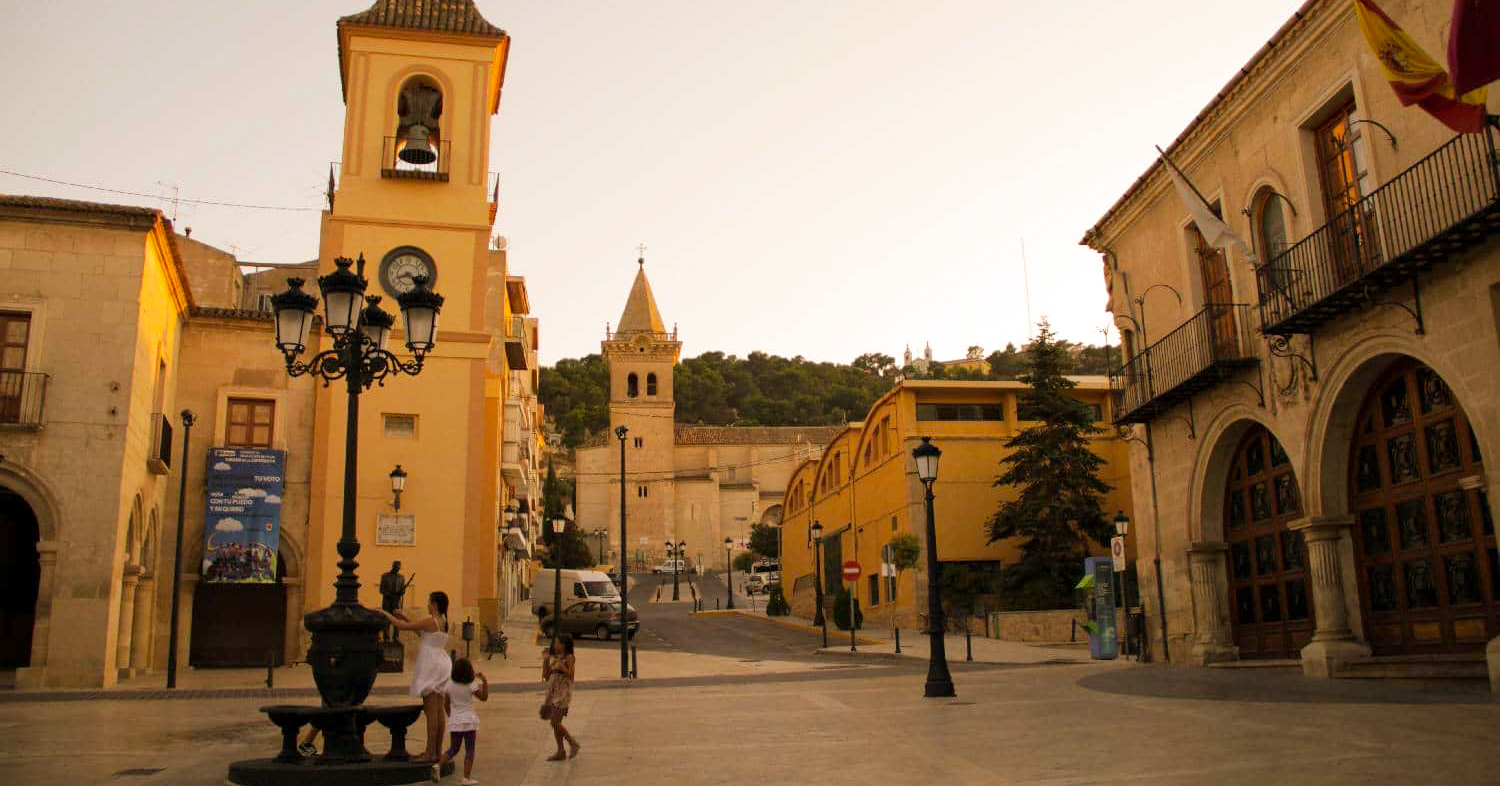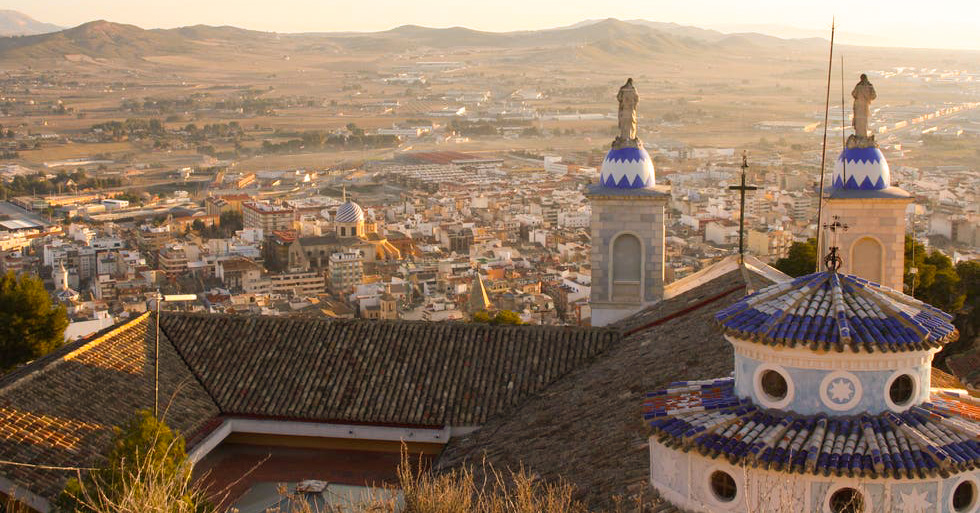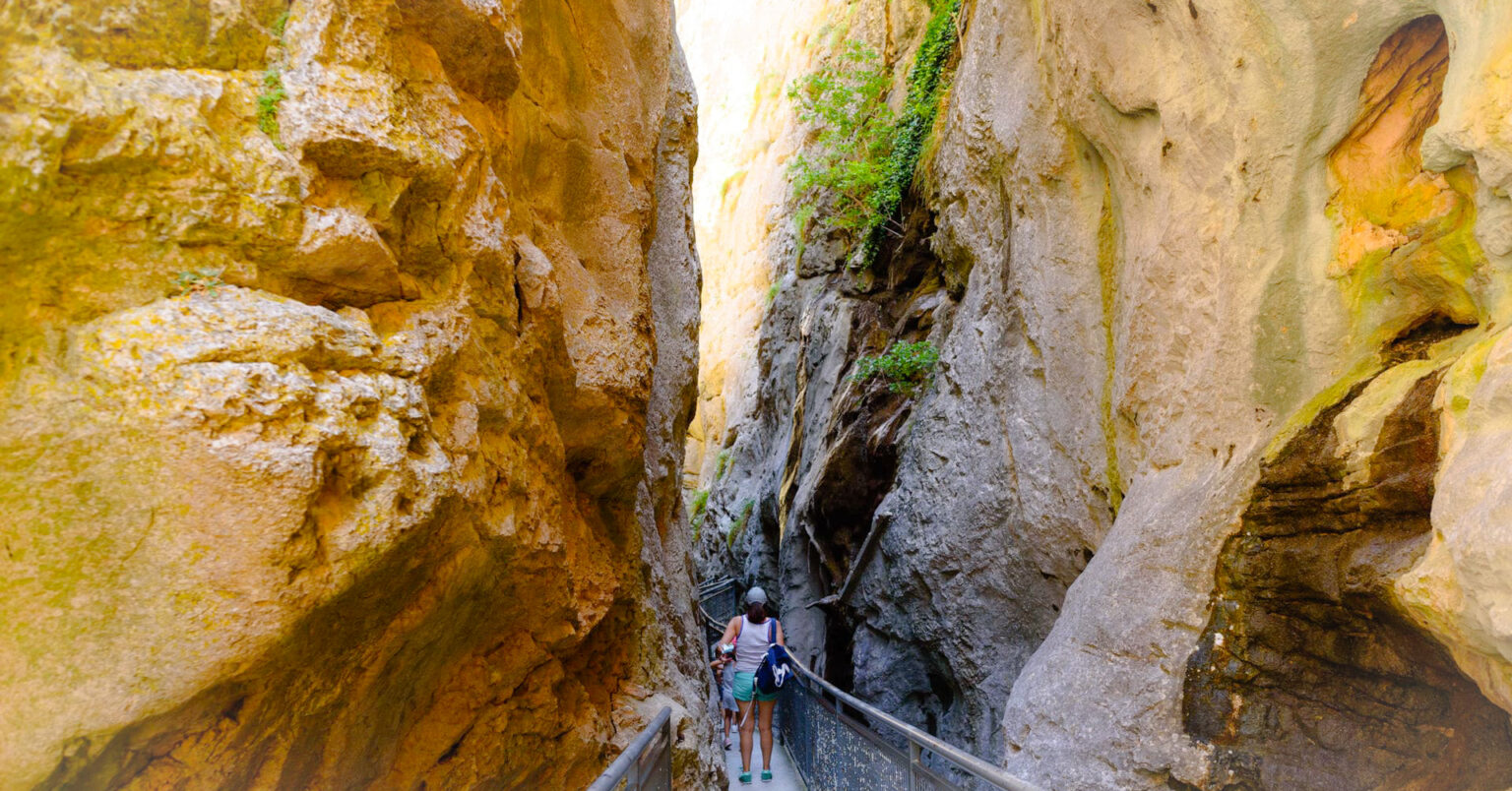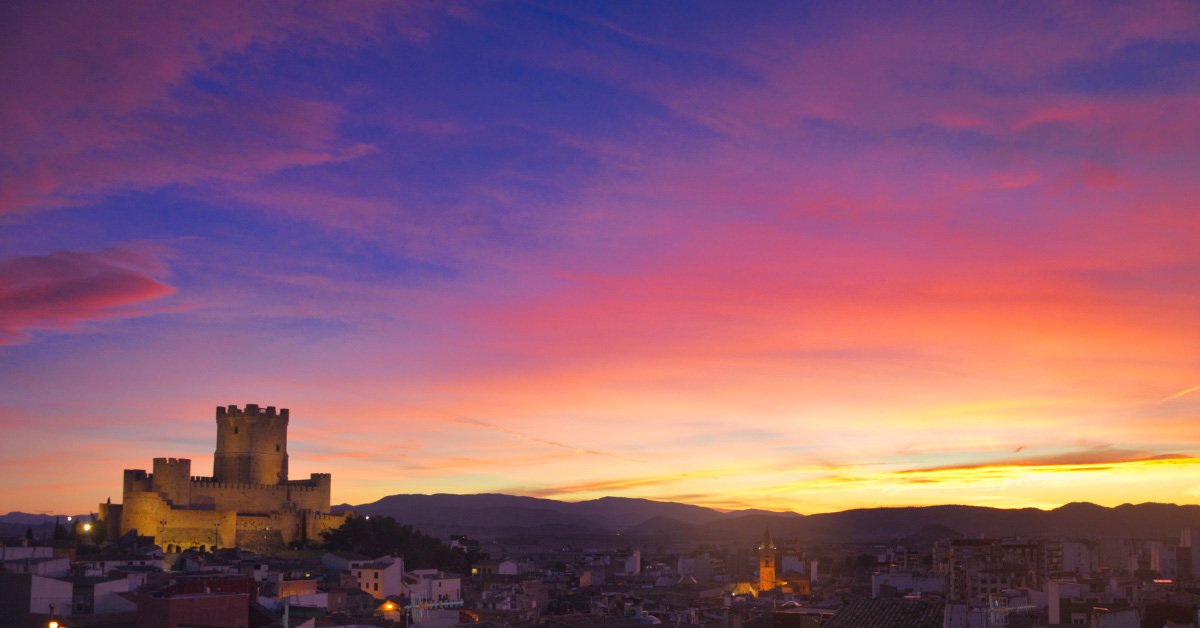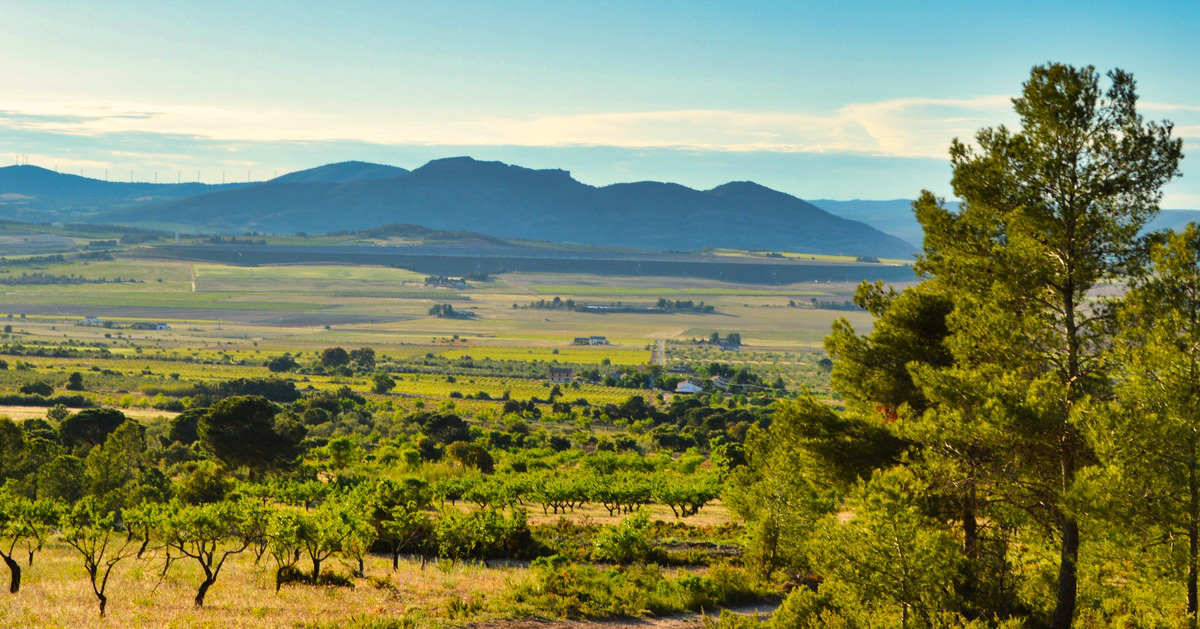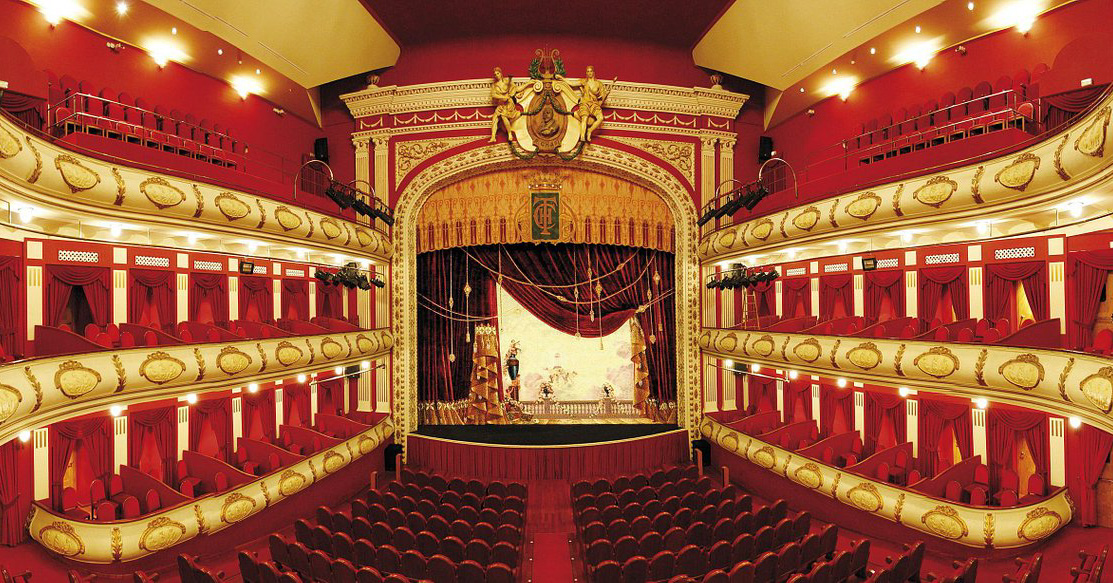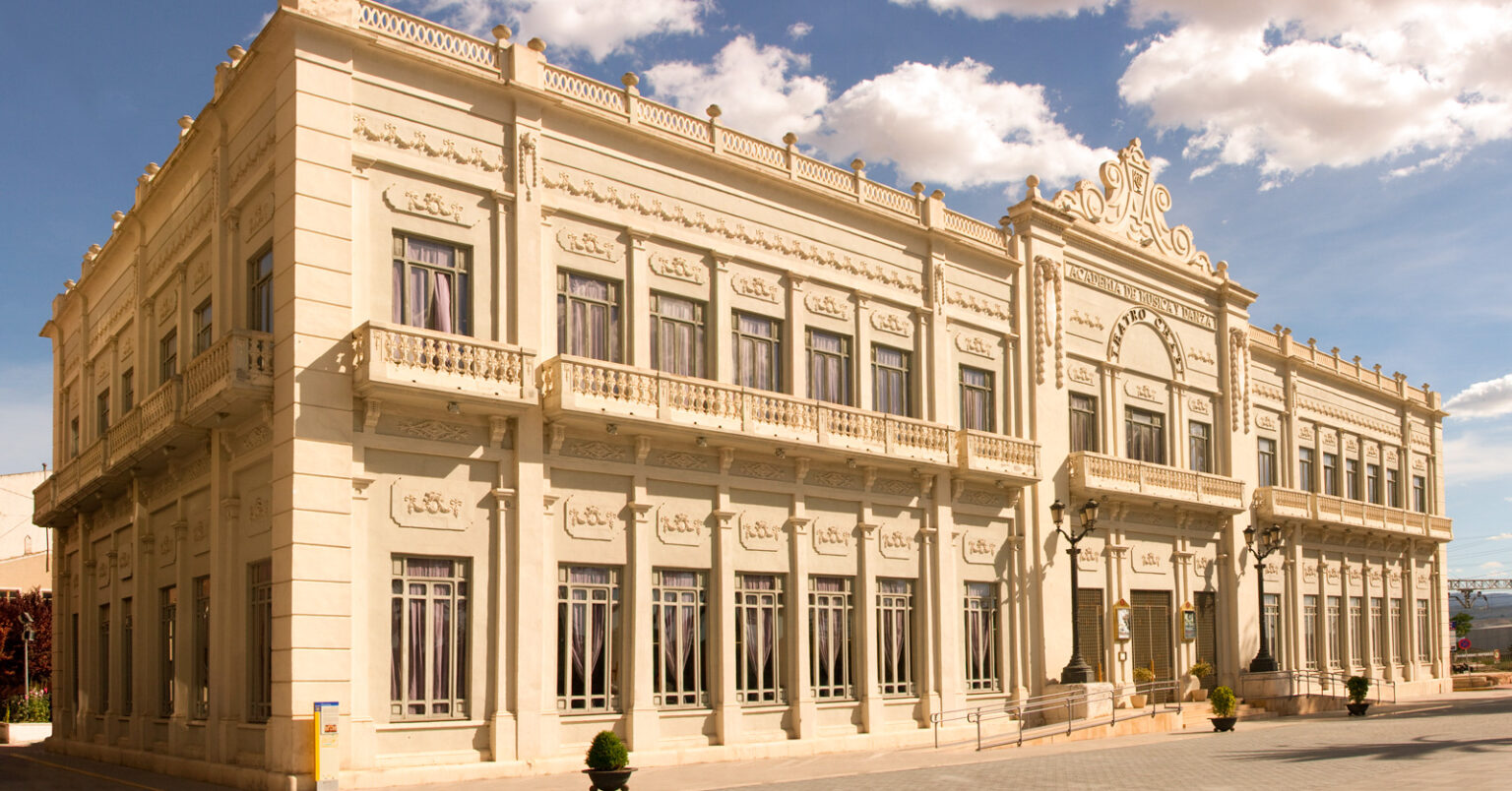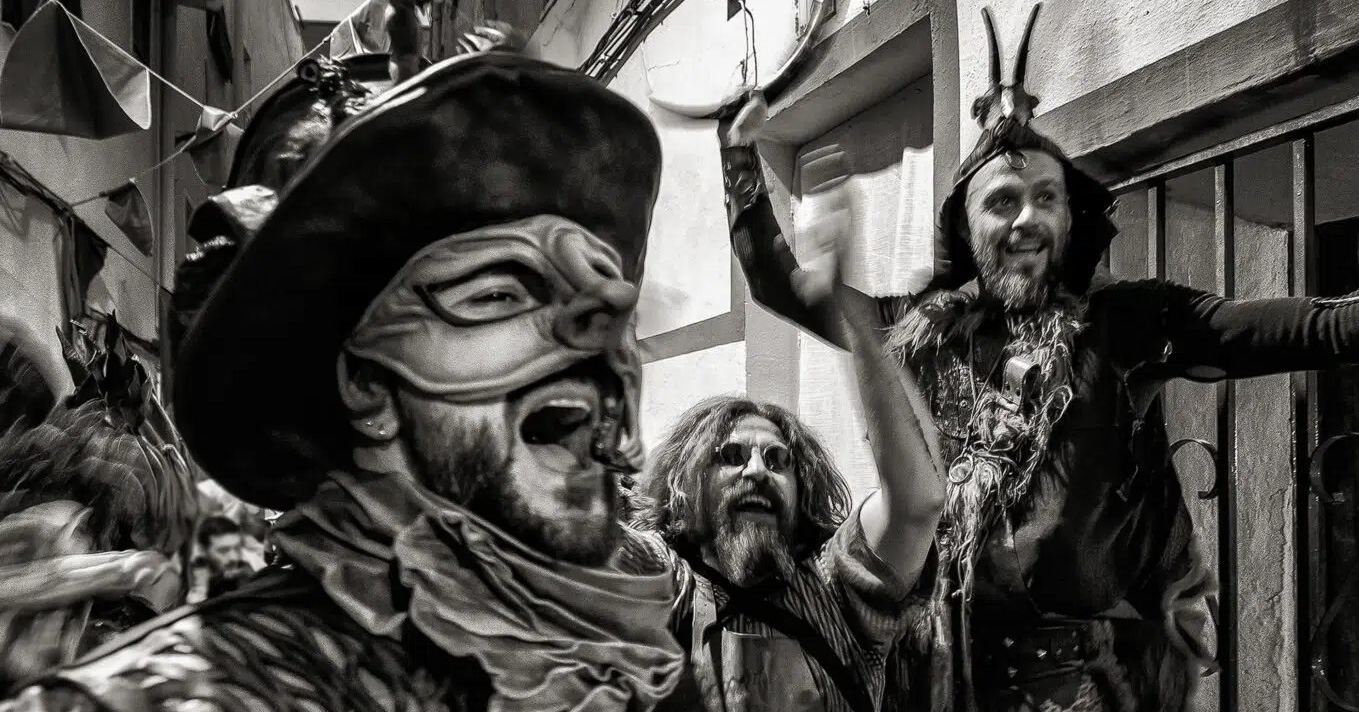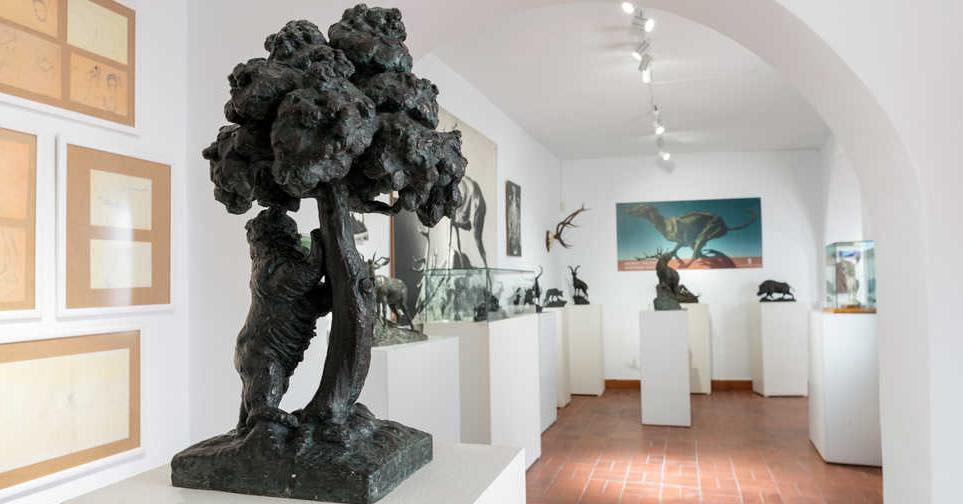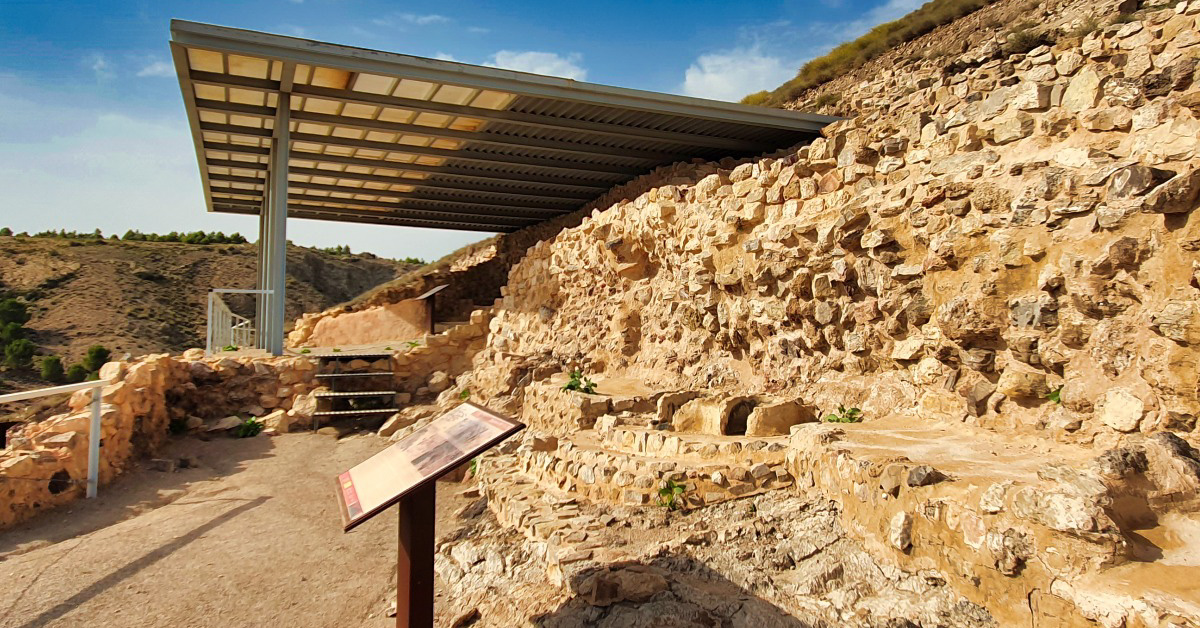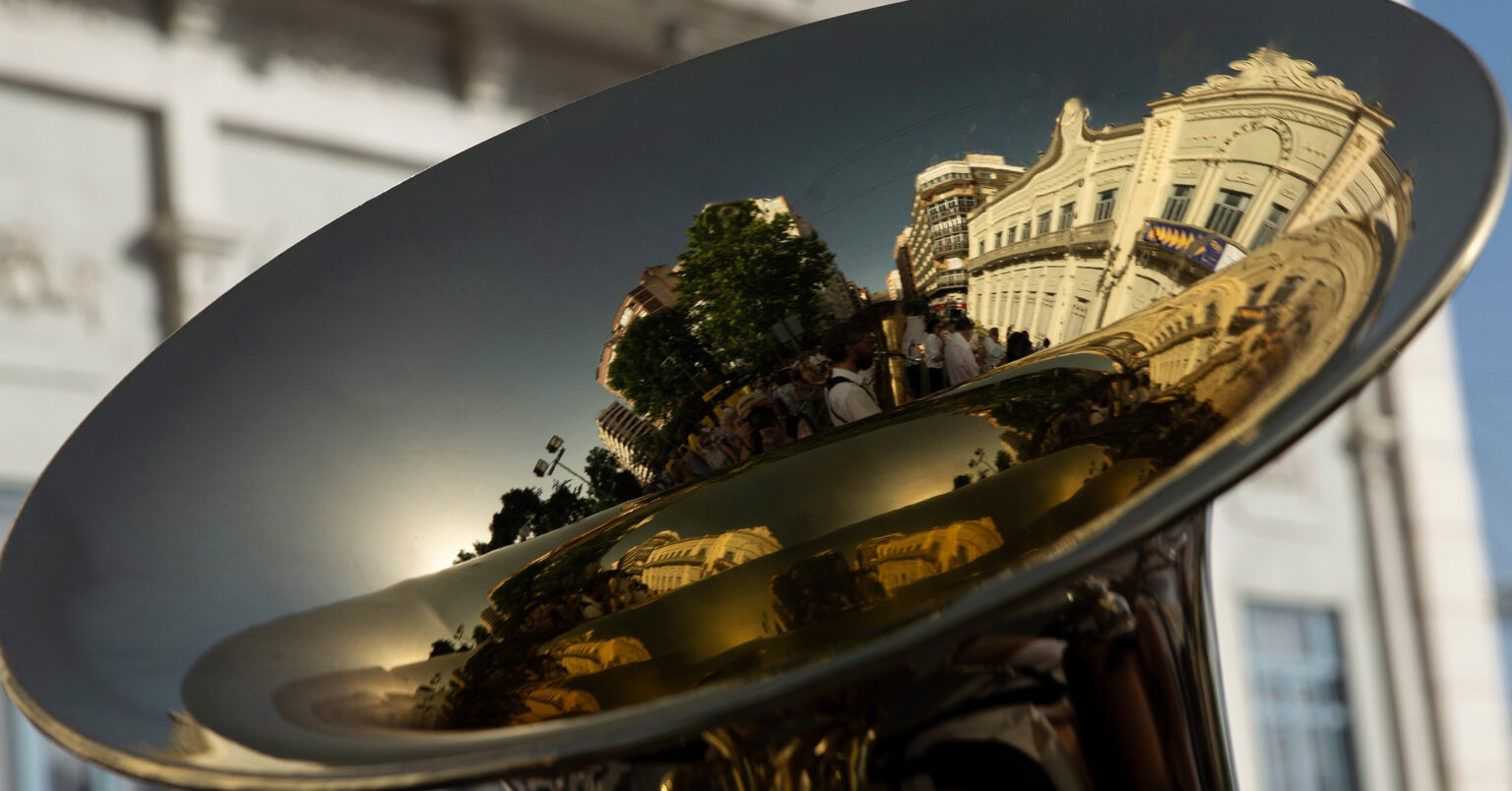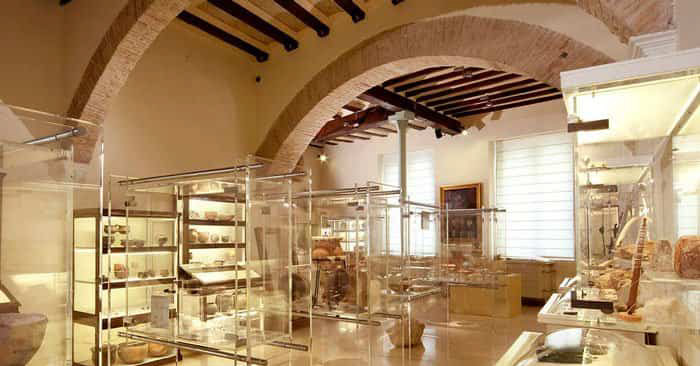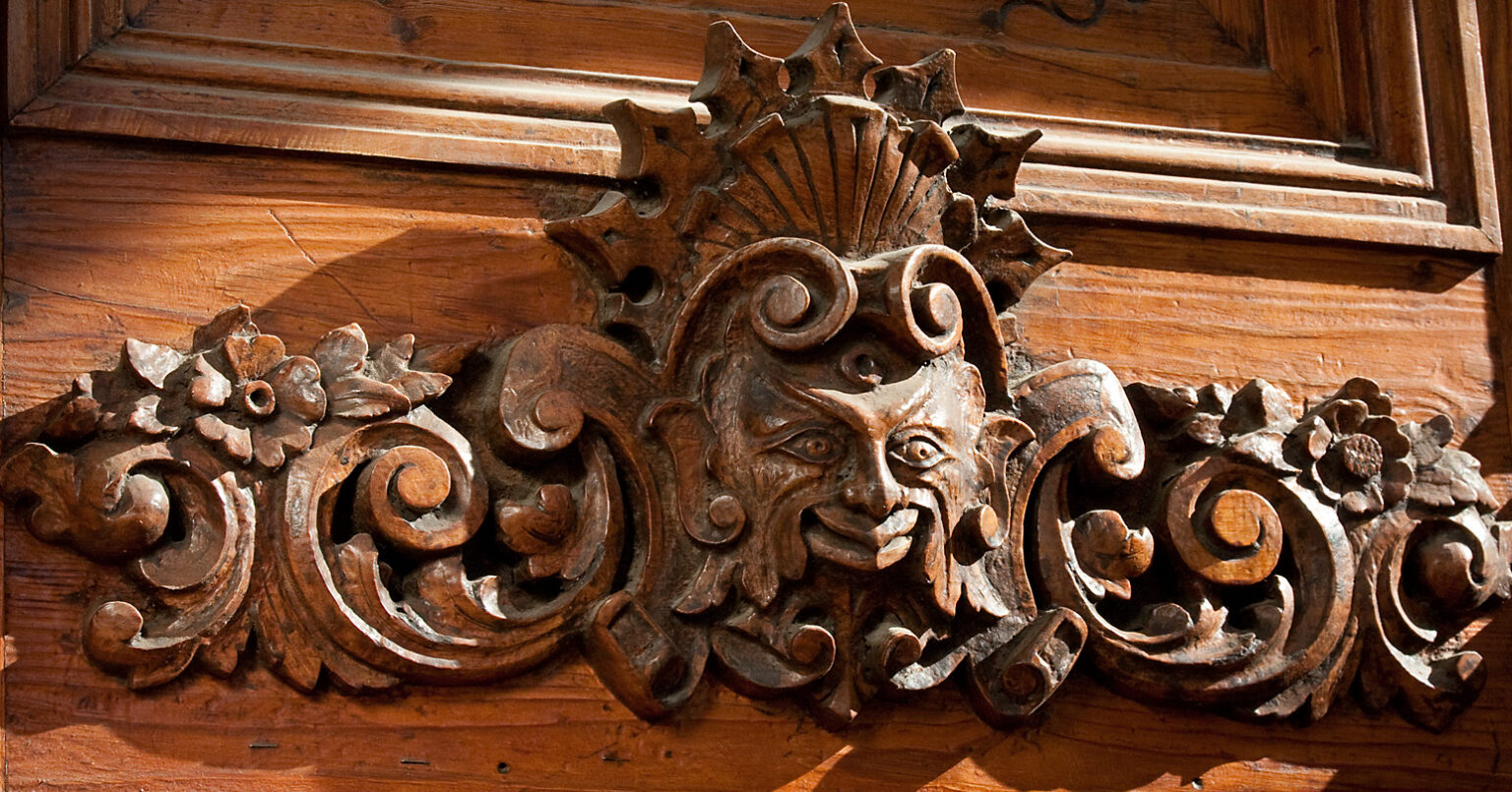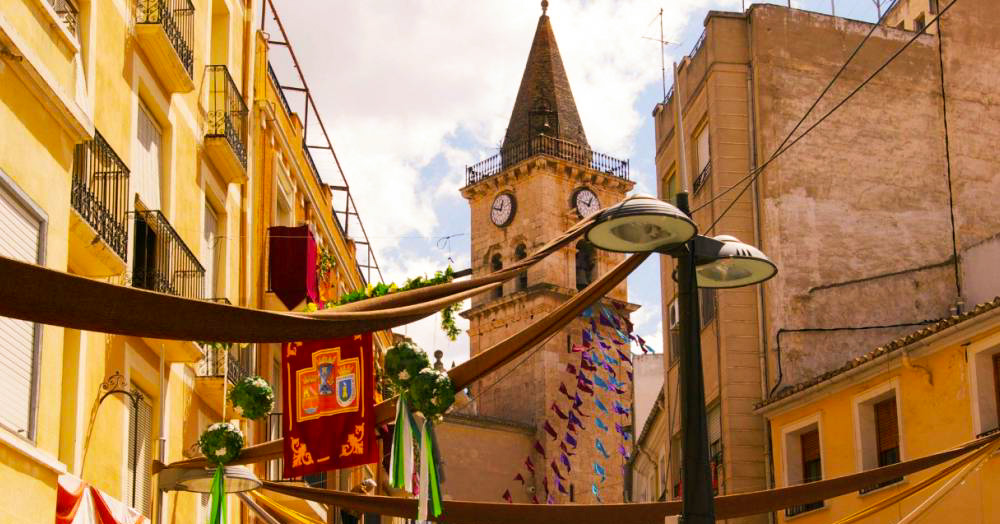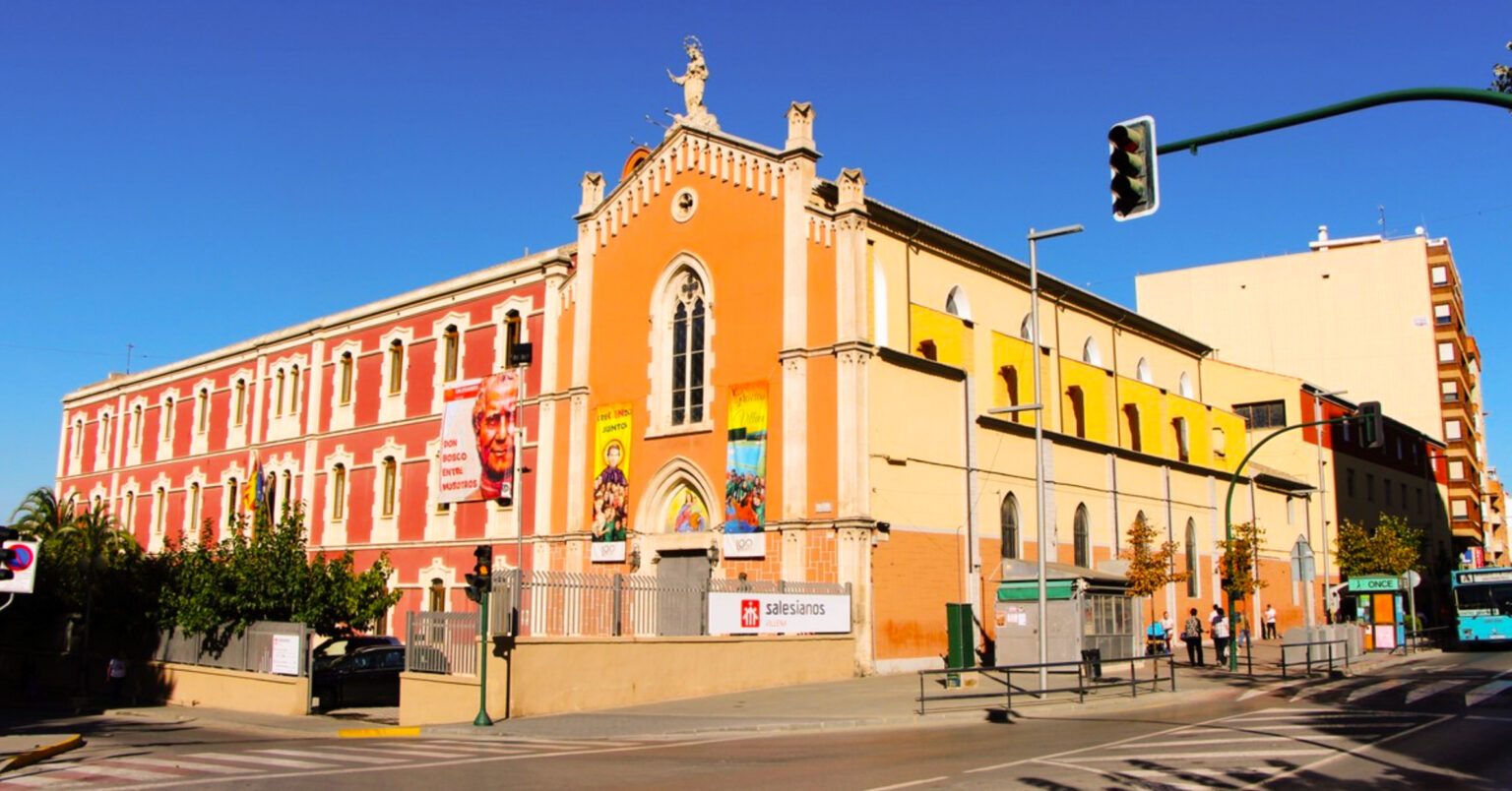Areas We Cover
We specialise in properties from the Alicante, Valencia, Castilla la Mancha, and Murcia Regions
Castalla
Post Code - 03420
Castalla is a small town located in the province of Alicante, in the Valencian Community of Spain. The town is situated in the foothills of the Sierra de Maigmó mountain range, which offers beautiful views of the surrounding countryside.
Living in Castalla can be a very pleasant experience, as the town has a rich history and culture, and is known for its traditional festivals, delicious local cuisine, and friendly community. The town has a population of around 12,000 people, which means it is not too crowded, and offers a more relaxed pace of life compared to bigger cities.
The town has a range of amenities, including shops, restaurants, bars, and cafes, as well as schools and medical facilities. The surrounding area offers many opportunities for outdoor activities, such as hiking, cycling, and horse riding, and there are also several golf courses in the region.
The climate in Castalla is typically Mediterranean, with hot summers and mild winters, which means there are plenty of opportunities to enjoy the outdoors all year round.
Overall, living in Castalla can be a wonderful experience, especially for those who enjoy a more laid-back lifestyle and appreciate the beauty of the natural surroundings.
One of the main attractions of Castalla is the Castle of Castalla, which sits atop a hill and offers panoramic views of the town and the surrounding countryside. The castle dates back to the 12th century and has been restored over the years. Visitors can explore the castle and learn about its history, making it a must-visit destination in the town.
Another attraction in Castalla is the old town, which is filled with narrow streets, small squares, and historic buildings. The architecture of the town is a mix of Gothic and Baroque styles, which creates a unique atmosphere. Visitors can wander through the old town and soak up the history and culture of the area.
The Ethnographic Museum of Castalla is located in an old mill and showcases the traditional way of life in the town. The museum has exhibits on agriculture, olive oil production, weaving, and more. It is a great place to learn about the local culture and traditions.
Castalla is known for its festivals, which are held throughout the year. One of the most popular festivals is the Moors and Christians festival, which is celebrated in September. During this festival, there are parades, music, dancing, and reenactments of battles. It is a great opportunity to experience the vibrant culture of the town.
For those who enjoy the outdoors, the surrounding countryside of Castalla is perfect for outdoor activities such as hiking, cycling, and horse riding. There are many trails in the area that offer stunning views of the mountains and valleys. It is an excellent way to experience the natural beauty of the area.
Castalla has a weekly market held on Saturdays, where locals sell fresh produce, clothing, and other goods. It is a great place to experience the local culture and buy souvenirs.
Finally, visitors should not miss the chance to taste the local cuisine. Castalla is known for its traditional dishes such as paella, arroz a banda, and gazpacho. There are many restaurants in the town that serve these dishes, as well as local wines and beers. Overall, Castalla is a charming town that offers a range of activities and attractions for visitors to enjoy, making it a must-visit destination in Spain.
Caudete
Post Code - 02660
The town of Caudete, located in the province of Albacete, is a typical inland Spanish town with a population of around 10,000 people. Its geographical location is a crossroads between Valencia, Murcia and Alicante, making it a privileged place. The town’s unique and varied architectural heritage is a result of its border town status, where Castilian, Valencian and Aragonese influences blend. Caudete was part of the Kingdom of Valencia between 1304 and 1707.
Additionally, there is currently a new motorway under construction that will connect Murcia and Valencia. This is excellent news for Caudete and Yecla, as property prices for both commercial and residential areas are rising in these regions. Businesses have already started to relocate to Caudete and Yecla, which will significantly boost their local economies. The new motorway will also reduce the strain on the coastal route “Autovia del Mediterraneo” and reduce travel time to Alicante and Madrid. Travel time to Valencia will also be reduced by up to 25 minutes!
It is a vibrant working pueblo and as such has lot’s of local amenities to keep young families and adults entertained!
- Brand new 24 Hour medical centre
- Various supermarkets and local markets including a large street market every Friday
- Various Bars, Restaurants and a thriving café scene.
- Various Gymnasiums including the large In-Gym facility.
- Tennis Club
- Antonio Amorós Sports City – Large Sports Facility
- Church of Santa Catalina de Caudete
- Schools
- Dentists
- Vets
Caudete is a small town located in the province of Albacete in Spain. It is a beautiful town with a rich cultural and historical heritage, as well as stunning natural landscapes. Here are some things to do in Caudete:
Visit the Church of Santa Catalina: This church is one of the most iconic landmarks of the town. It is a beautiful example of Baroque architecture, with Gothic and Renaissance elements mixed in. The church was built in the 18th century and features a Latin cross floor plan, with a single auditorium divided into five sections.
Explore the Castle of Caudete: This castle is a must-visit for history buffs. It was built in the 10th century by the Moors and later conquered by the Christians in the 13th century. The castle was an important strategic point in the region and played a crucial role in the battles between the Moors and the Christians.
Hiking in the Sierra de la Sagra: Caudete is located in a region with stunning natural landscapes. The Sierra de la Sagra is a beautiful mountain range that offers great hiking trails and breathtaking views. It is an ideal spot for nature lovers and outdoor enthusiasts.
Enjoy local cuisine: Caudete has a rich culinary tradition, with dishes that feature local ingredients like almonds, olive oil, and saffron. Some of the must-try dishes include Gazpacho Manchego, a traditional stew made with rabbit, and Arrós amb fesols i naps, a rice dish with beans and turnips.
Life in Caudete is quiet and peaceful, with a strong sense of community. The town has a population of around 10,000 people and offers a good quality of life. The cost of living is relatively low, making it an affordable place to live. The town has all the necessary amenities like supermarkets, shops, and medical facilities. There are also several festivals and celebrations throughout the year, including the Fiestas de Moros y Cristianos, which is a colorful and lively festival that celebrates the town’s history and traditions.
Installation that has inside a multipurpose court enabled for the practice of futsal, handball, basketball and volleyball, in addition to allowing the simultaneous acts of up to three mini-basketball matches. In addition to the main room, it is equipped with a warm-up court equipped with two ping pong tables. In this same facility are the offices of the Sports Department, with its secretarial office, management and meeting room. Although, in a conventional way, this facility welcomes the practice of the aforementioned sports, it allows its adaptation for the use of other sports, such as badminton, fencing, taekwondo, capoeira …
It is made up of two independent warehouses, one designed for the practice of basketball, badminton and volleyball, and the other one designed for handball and futsal, although the latter also has a multipurpose room where it regularly hosts other types of sporting activities.
It opens its doors in the summer period, offering users a space of 4,128 m2, housing a multipurpose or recreational pool with Olympic dimensions of 50 × 25 m and a children’s or splash glass for the little ones, in addition to 1,120 m2 of lawn natural with shadow areas.
Since 2011, the football field was completely remodelled, replacing the grass field and replacing it with a third-generation synthetic grass surface, characterized by each of its filaments having three nerves, one central and two lateral, which improves the resistance of the turf. Its marking allows the alternative practice of a football 11 match, or up to two football 7 matches. For its irrigation it has a rainwater collection tank in order to avoid the consumption of mains water.
Ring of eight lanes with a circumference of 400m. and an ash surface. It also has an area equipped with a launch cage for hammer, disc and weight, a space for the high jump and another for the long and triple jump.
It is a lane with a width of more than 3 m and a length of 1,000 m, circumscribed to the perimeter of the Sports City and connected to the ring of the athletics track, which make it an ideal space for pedestrian training.
Annexed to the sports hall, it is a dirt circuit equipped with chicane, dubbing, jumps, boxer … in addition to the tent for the pilots and the commissioner’s cabin for official races.
Installation that has inside a multipurpose court enabled for the practice of futsal, handball, basketball and volleyball, in addition to allowing the simultaneous acts of up to three mini-basketball matches. In addition to the main room, it is equipped with a warm-up court equipped with two ping pong tables. In this same facility are the offices of the Sports Department, with its secretarial office, management and meeting room. Although, in a conventional way, this facility welcomes the practice of the aforementioned sports, it allows its adaptation for the use of other sports, such as badminton, fencing, taekwondo, capoeira …
The Caudete medical centre is a brand new centre that deals with everything a regular UK surgery would and more!
The medical service in Spain is excellent and this is through personal experience and also that of Clients.
When ringing for a doctors appointment you are likely to be given one for the same day, if not it will be the following day. If the doctors have any concerns whatsoever and feel you need further tests, you are referred the same day – in fact you take the paperwork to the receptionist who then faxes it through to the hospital.
The waiting lists are almost non-existent and the healthcare from the professionals excellent. Hospitals like to have the most modern equipment and utilise this to its full potential.
Cardio Kick Boxing. Activity in which martial arts techniques and contact sports are combined, all to the rhythm of music.
Profits:
- Improves muscle tone and coordination.
- Increases flexibility and elasticity.
Most of the other gyms also offer Yoga, Pilates and Full Free weights and TRX etc…
Yecla
Post Code - 03400
Yecla is a charming town located in the Murcia region of Spain, known for its rich cultural heritage, stunning natural beauty, and excellent gastronomy. Here are some things to do and experience in Yecla:
Visit the Wine Cellars: Yecla is famous for its wine production, and visitors can take a tour of the town’s wine cellars, where they can learn about the wine-making process and sample some of the town’s delicious wines. The most famous wine produced in Yecla is the Monastrell, a red wine with a distinctive flavor and aroma.
Explore the Old Town: Yecla’s old town is a beautiful labyrinth of narrow streets, charming squares, and historic buildings. Take a stroll through the streets to admire the architecture, visit the town’s churches and chapels, and stop at one of the many cafes or bars to enjoy a drink or a snack.
Hike the Salinas Mountain Range: Yecla is surrounded by the Salinas Mountain Range, which is a popular destination for hikers and nature lovers. The mountains are home to a variety of flora and fauna, and offer stunning views of the surrounding countryside. There are several hiking trails in the area, ranging from easy walks to challenging hikes.
Visit the Castle: Yecla Castle is a historic fortress that dates back to the 15th century. The castle offers stunning views of the town and the surrounding countryside, and is a must-visit for history buffs and architecture enthusiasts.
Attend a Festival: Yecla is known for its lively festivals, which are held throughout the year. The most famous festival is the San Isidro festival, which takes place in May and features parades, concerts, and other cultural events. Other festivals include the carnival in February, the wine festivals in the autumn, and the celebrations and processions of Easter and Christmas.
Try the Local Cuisine: Yecla’s cuisine is a mix of traditional Murcian and Valencian dishes, with a focus on fresh, locally sourced ingredients. Some of the town’s most famous dishes include gazpacho, a cold soup made with tomatoes, cucumbers, and peppers; arroz con conejo, a rice dish with rabbit; and embutidos, a variety of cured meats.
Life in Yecla is relaxed and friendly, with a strong sense of community and a focus on family and traditions. The town is small enough to feel intimate, but large enough to offer plenty of amenities, including shops, restaurants, and cultural activities. The cost of living in Yecla is relatively low, making it an attractive destination for retirees, expats, and anyone looking for a high quality of life at an affordable price. Overall, Yecla is a wonderful place to visit or live, offering a perfect blend of history, culture, nature, and gastronomy.
Its about 25 minutes away from the Main Madrid Alicante Motorway, which you can access at Caudete, Villena, It is not a small village but a fairly busy semi industrial market town, centred on the furniture industry, so there are lots of Lumber yards and there is a Road(Villena Road), dedicated to furniture factories. The town itself is quite lively, with a small expat population, which is growing as you can get some good properties in the surrounding area at a very good price. It is still a very spanish area, and the locals are generally very friendly and helpful, you will probably need to brush up your Spanish.
Yecla sits on the side of a small mountain, which overlooks the Valley, which is mainly to vines and some Almonds, The wines are very good with some great Bodega’s and a large cooperativa in the town, going up to forestry in the North to the Ayora Valley and down south to Pinoso and the Sierra del Pilar on toward Fortuna, The surrounding Rural area is very pretty and not anywhere near as developed as say the Hondon Valley or Pinoso areas.
There is a Major golf course and development on the Yecla/Pinoso road (about 10K out), with a large hotel and golf course on the north side of town. (about 3k out) There are some really good country properties at reasonable prices in the area. In winter, it does get quite cold with nights bringing up a bit of frost now and again and on occasion snow! It is in Murcia Region and Murcia city which is a great place and is only about 40mins away on a very good road,
Villena
Post Code - 02640
Villena is a beautiful city located in the southern part of Spain, in the province of Alicante. It is known for its rich cultural heritage and natural beauty, making it an ideal destination for tourists seeking to explore and experience the Spanish lifestyle. Here are some of the things you can do in Villena, and what life there would be like:
Visit the Castle of Villena: One of the most prominent landmarks of the city, this castle dates back to the 12th century and has a rich history. The castle is well-preserved and provides an excellent view of the surrounding area.
Explore the old town: The old town of Villena is a labyrinth of narrow streets, alleys, and squares that will transport you back in time. The town is home to several historical buildings and landmarks, such as the Church of Santiago and the Convent of the Augustinians.
Attend the Moors and Christians Festival: This is one of the most important festivals in the city and takes place every year in September. The festival is a celebration of the Christian victory over the Moors and involves colorful parades, music, dancing, and fireworks.
Visit the Archaeological Museum: The Archaeological Museum of Villena houses a collection of artifacts from the Bronze Age to the medieval period. The museum provides an excellent insight into the history of the city and the surrounding area.
Go hiking in the Sierra de las Salinas: The Sierra de las Salinas is a mountain range located close to the city and is a popular destination for hikers and nature enthusiasts. The area is home to several trails of varying difficulty levels, and the views from the top are breathtaking.
Try local cuisine: The cuisine of Villena is a fusion of Spanish and Moorish influences and is known for its bold flavors and use of local ingredients. Some of the must-try dishes include gazpacho, arroz con conejo, and turrón.
Life in Villena is laid-back and relaxed, with a strong sense of community. The city is relatively small, with a population of around 35,000 people, and has a friendly and welcoming atmosphere. The cost of living in Villena is lower than in larger Spanish cities like Madrid and Barcelona, making it an attractive destination for expats and retirees. The climate is Mediterranean, with hot summers and mild winters, making it an ideal destination for outdoor activities throughout the year. The city has excellent transport links, with a train station and easy access to major highways, making it easy to explore the surrounding area. Overall, life in Villena offers a unique blend of history, culture, and natural beauty, making it an ideal destination for anyone looking for a relaxed and authentic Spanish lifestyle.
Located inside the City Hall and opposite the tourist office, this small museum has a wide range of local finds from the Bronze Age, Roman times and more. The gem of the museum is the collection of gold known as the Villena Treasure or Tesoro de Villena. This collection of gold is one of the most important gold finds in the world. Found locally in 1963, the 60 gold items date from around 1,000BC. It can only be seen under supervision of the museum manager who will open the safe to show you.
There are several other museums in Villena including the Museo del Festero with a collection of ceramics and other pieces of art and the Museo Santafe which is a museum of sculptures by Antonio Navarro Santafe.
Right in the heart of the historical centre is this large square. In this plaza you will find the tourist office, the Archaeological Museum, City Hall, the House of Culture and the Church of Santiago.
This wonderful church dates from the 14th and 15th century and is one of the most important churches in the region of Valencia. Visits must be arranged with the tourist office.
Located in Avda de los Toreros, this building is undergoing a massive restoration and conversion. A full plan of all the monuments in Villena can be collected from the tourist office in Plaza Santiago.
Villena has a wide range of fiestas each year, in addition to the national holidays of Spain. These include the Three Kings in January, the Moors and Christians in March and September and the patron saint day on the 17th January.
Close to Villena is Novelda with a 12th century castle and famed for saffron and marble production.
Sax is dominated by its castle and several fine churches. It’s around 10 minutes from Villena.
Nearest major city is Alicante (59km).
